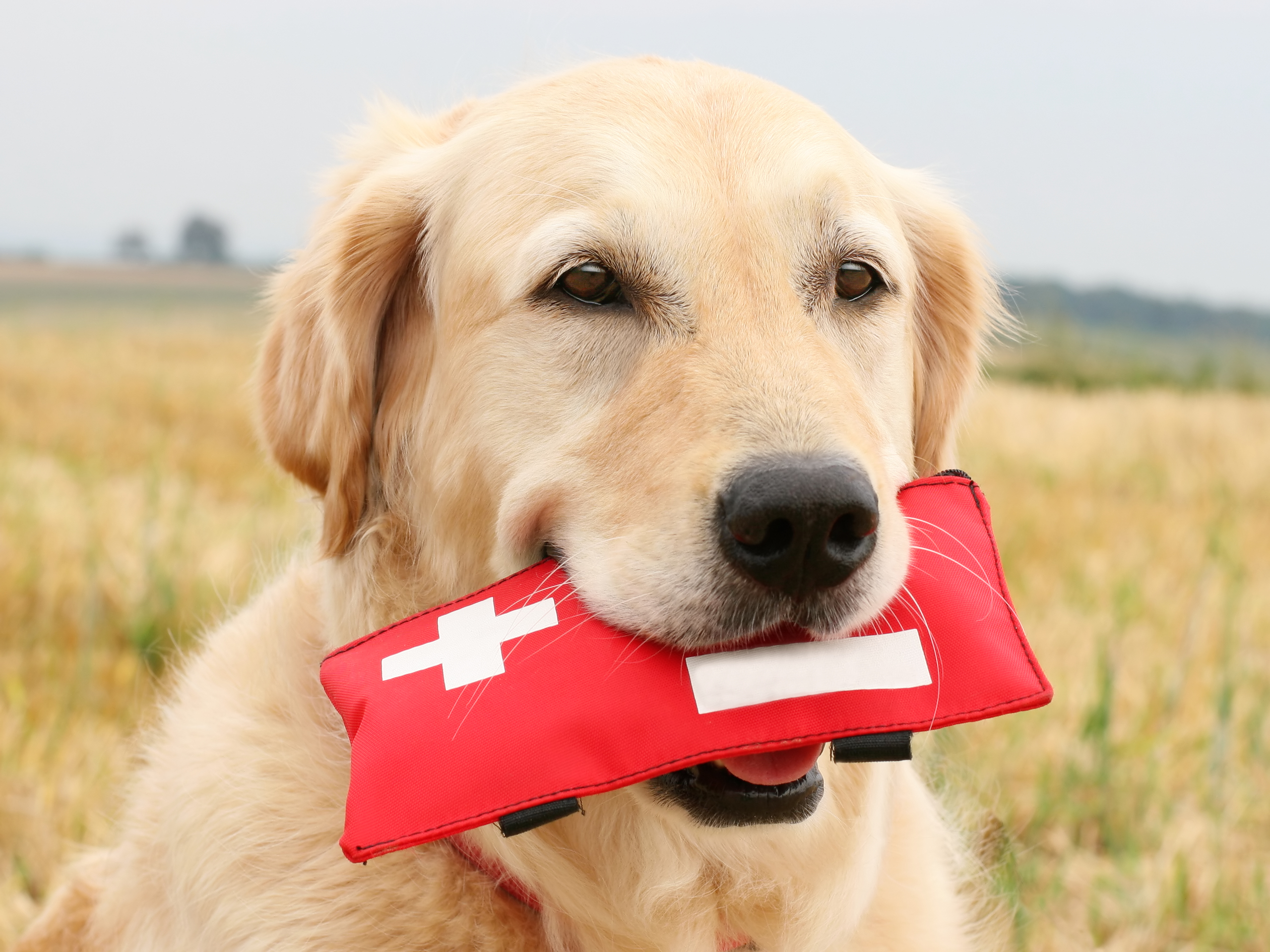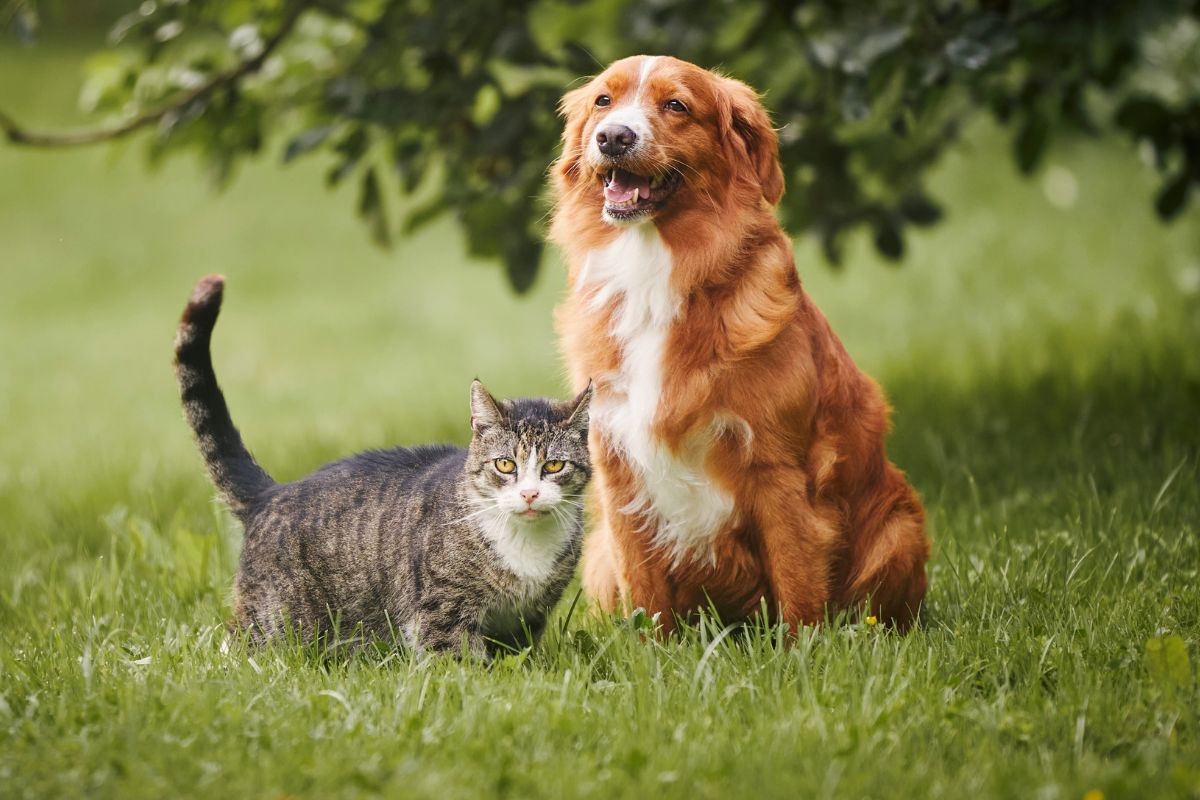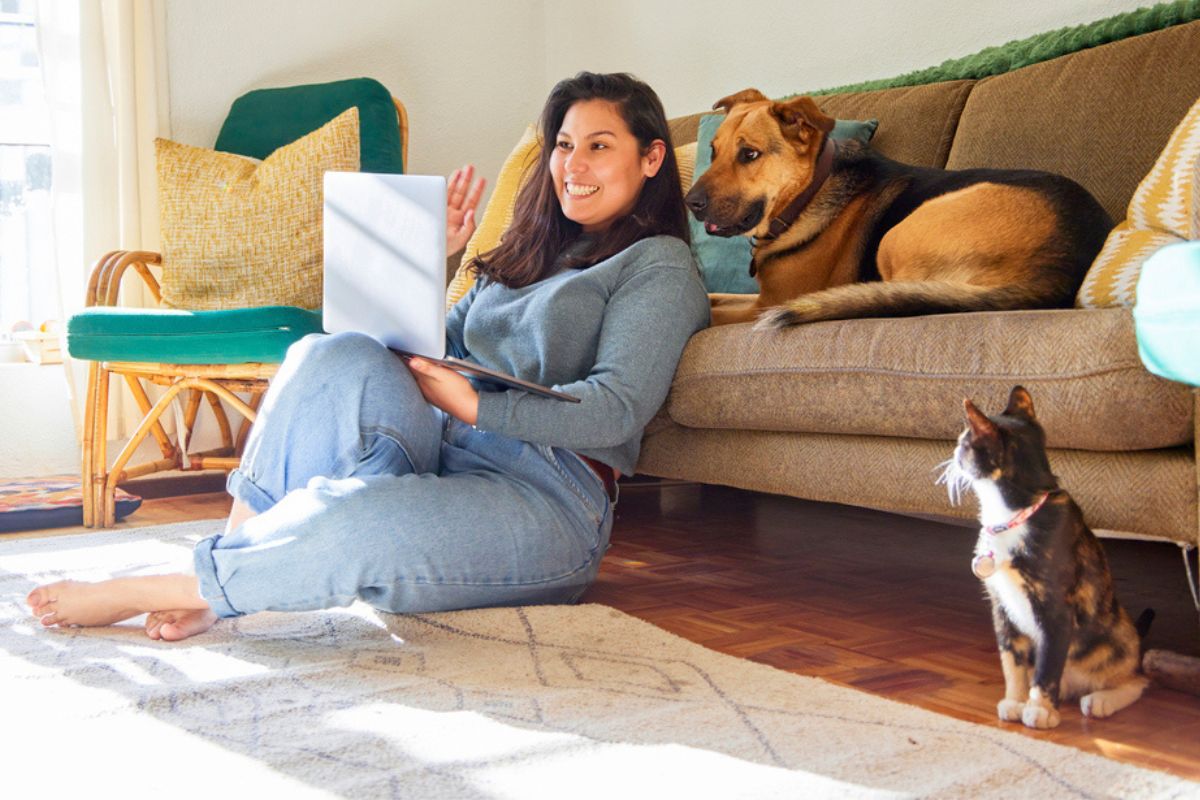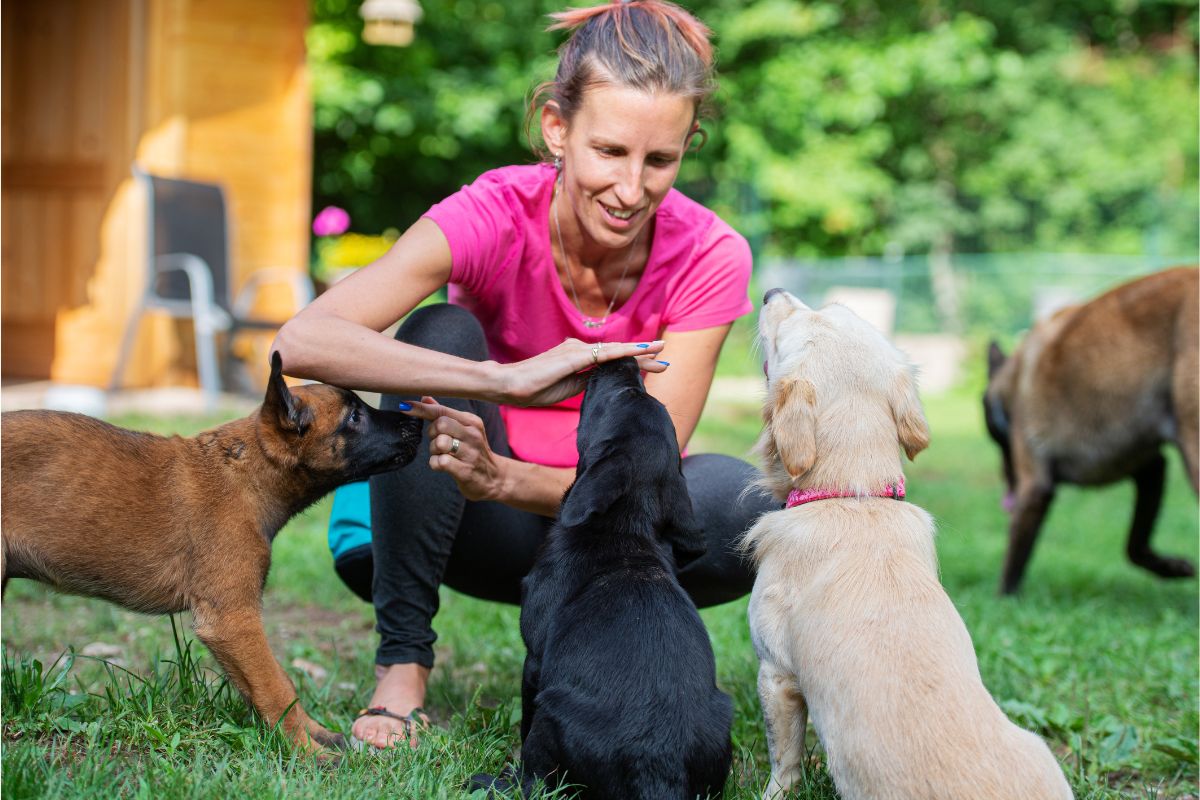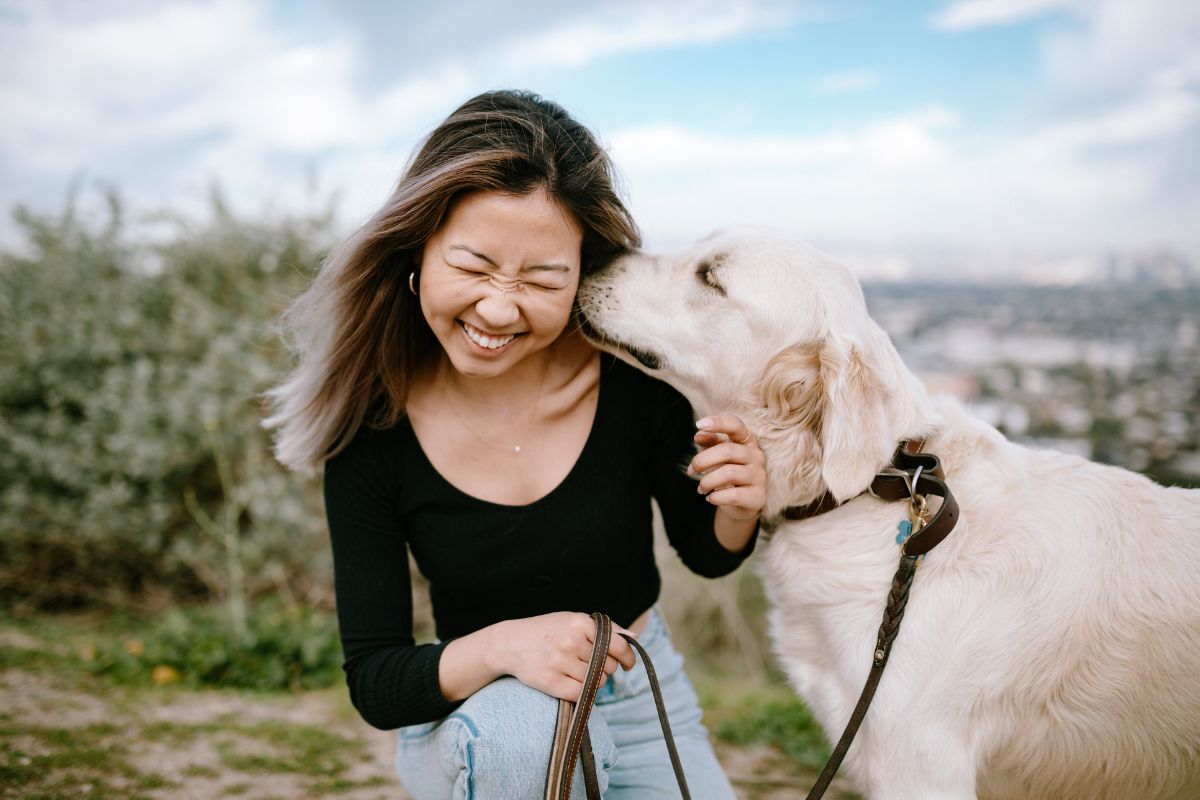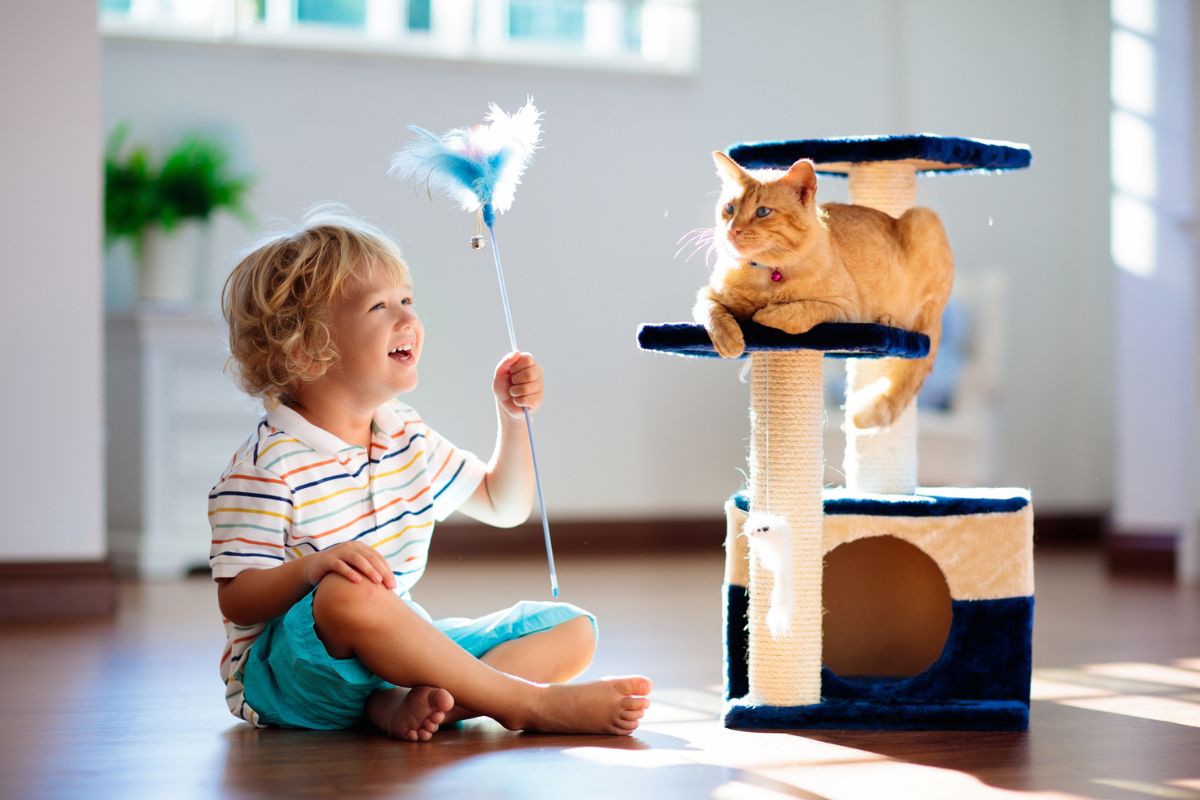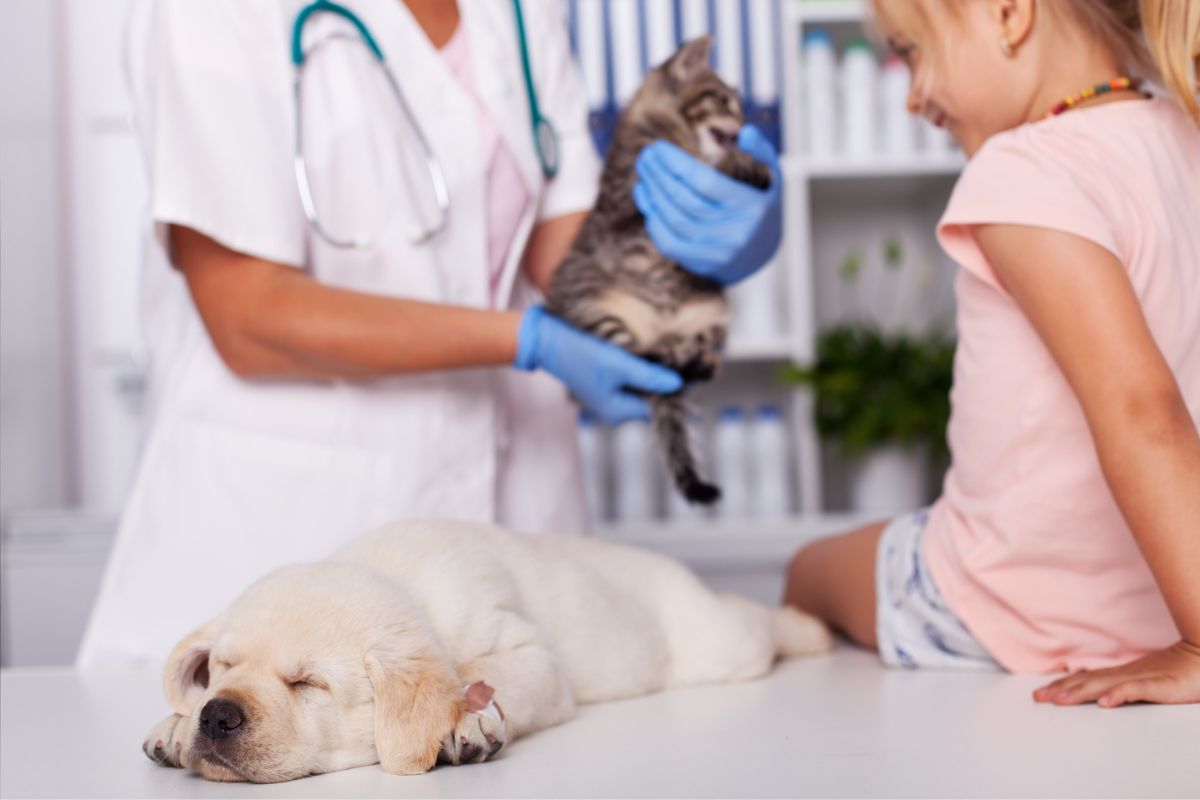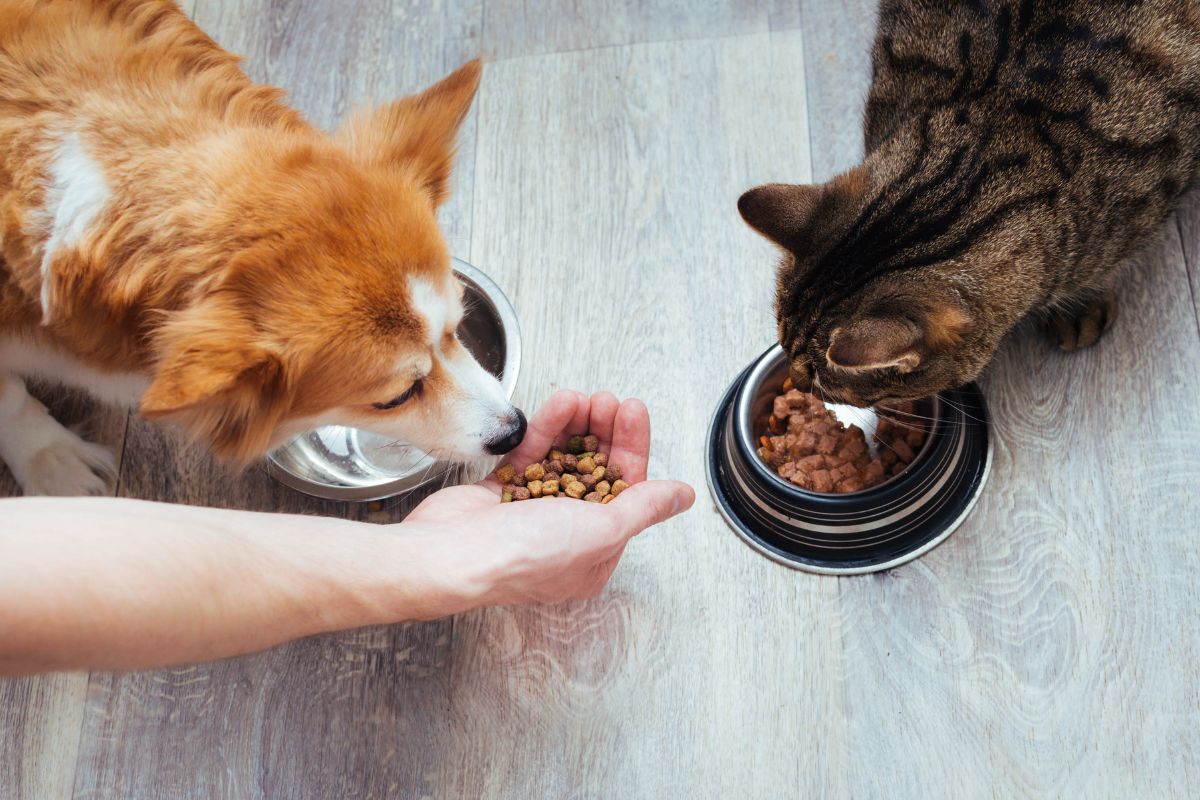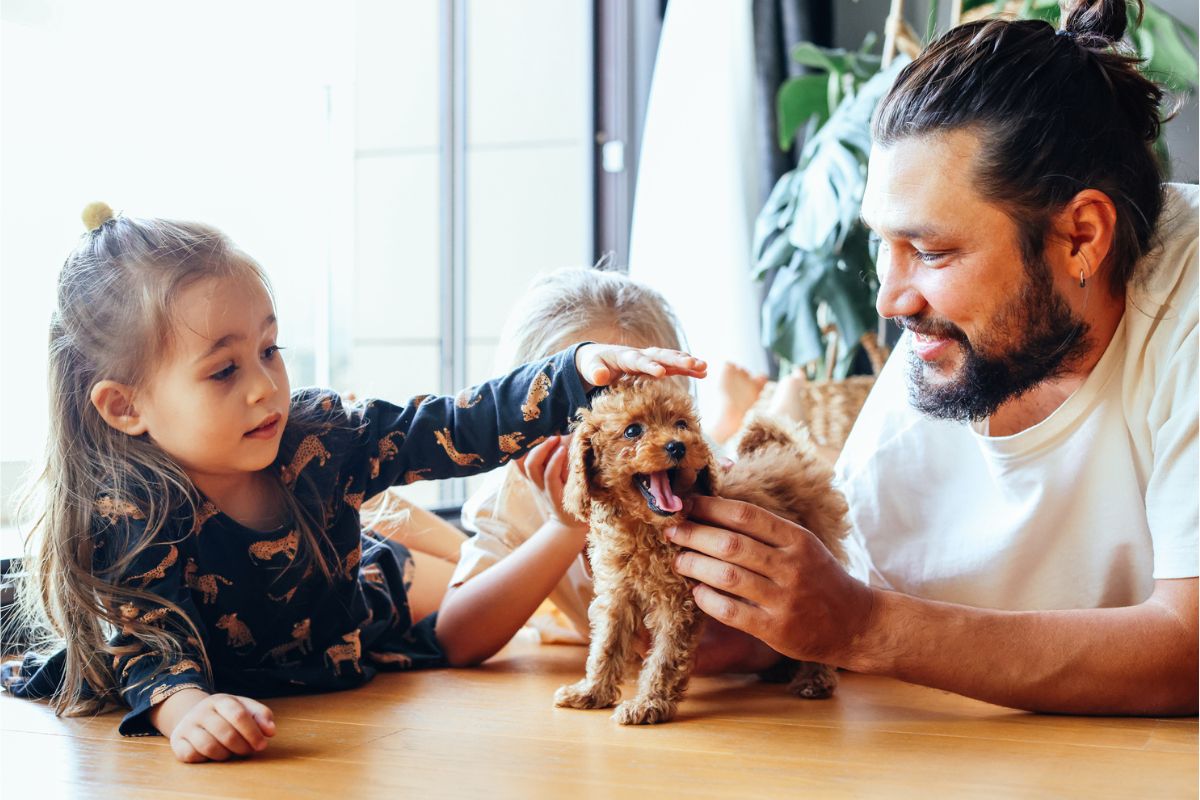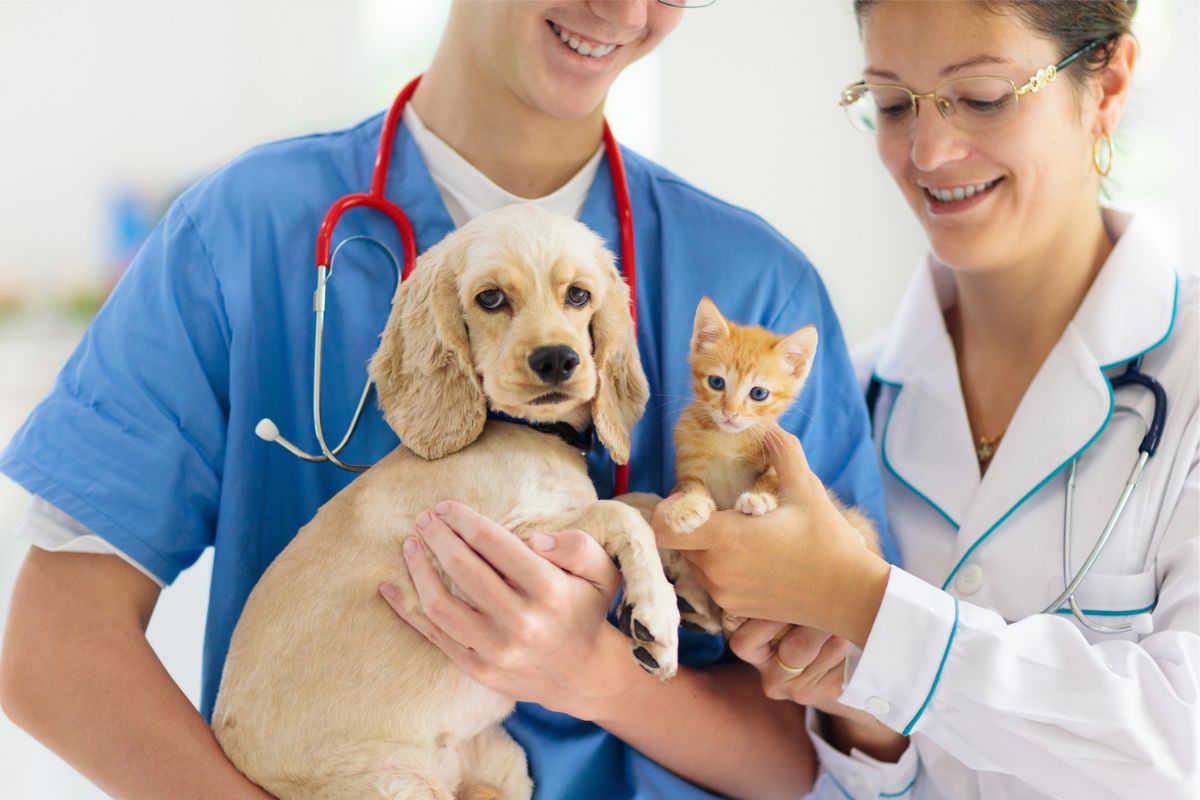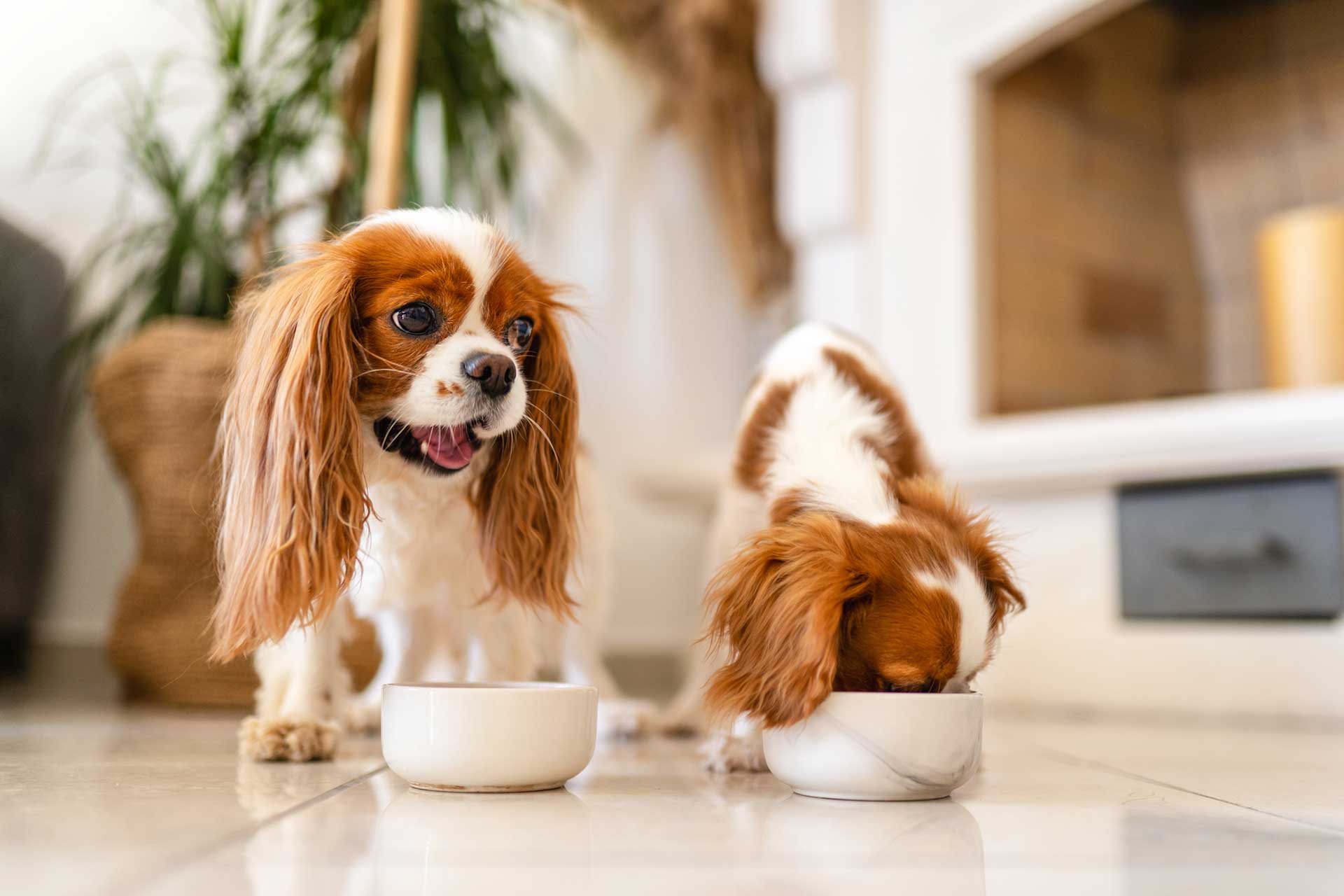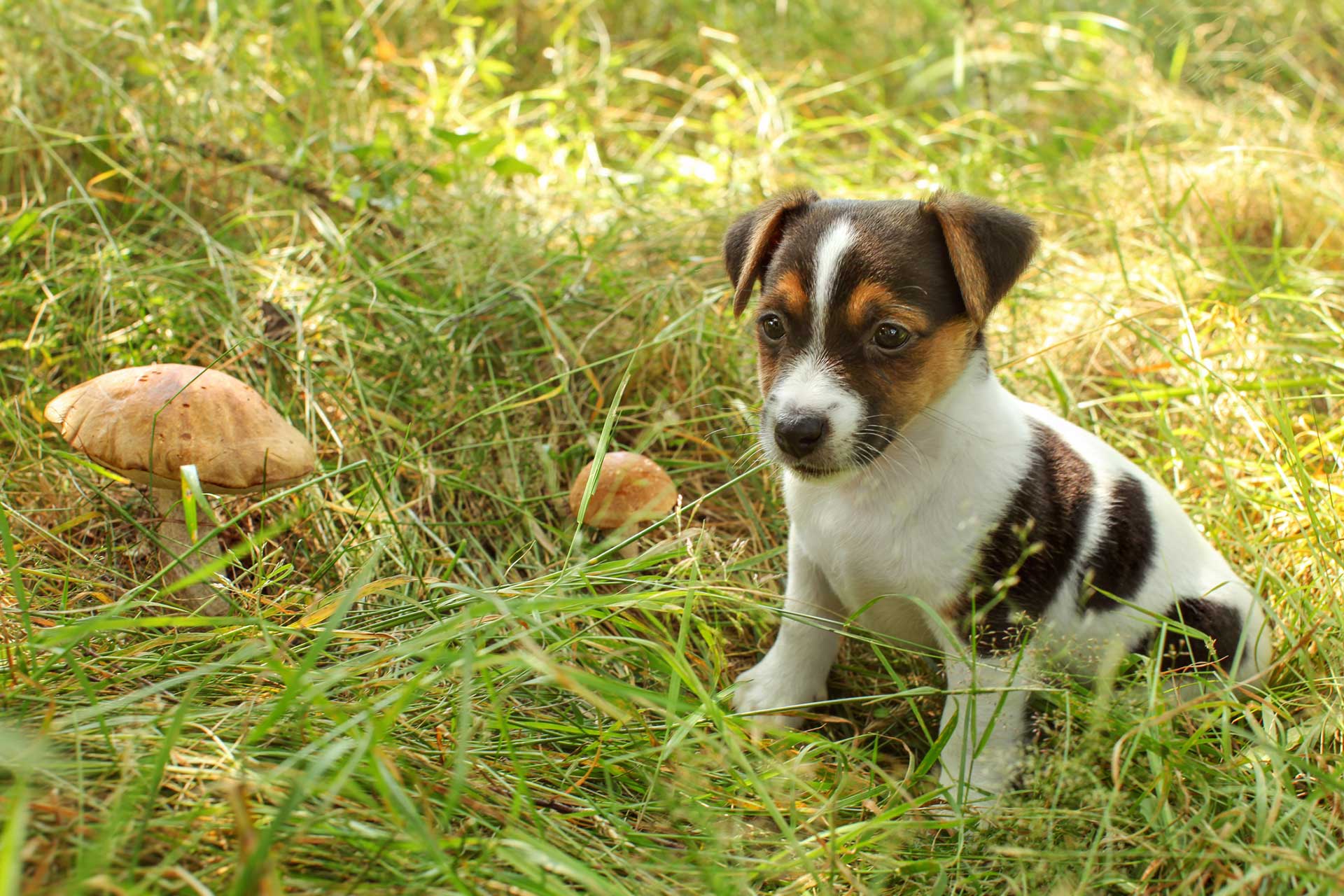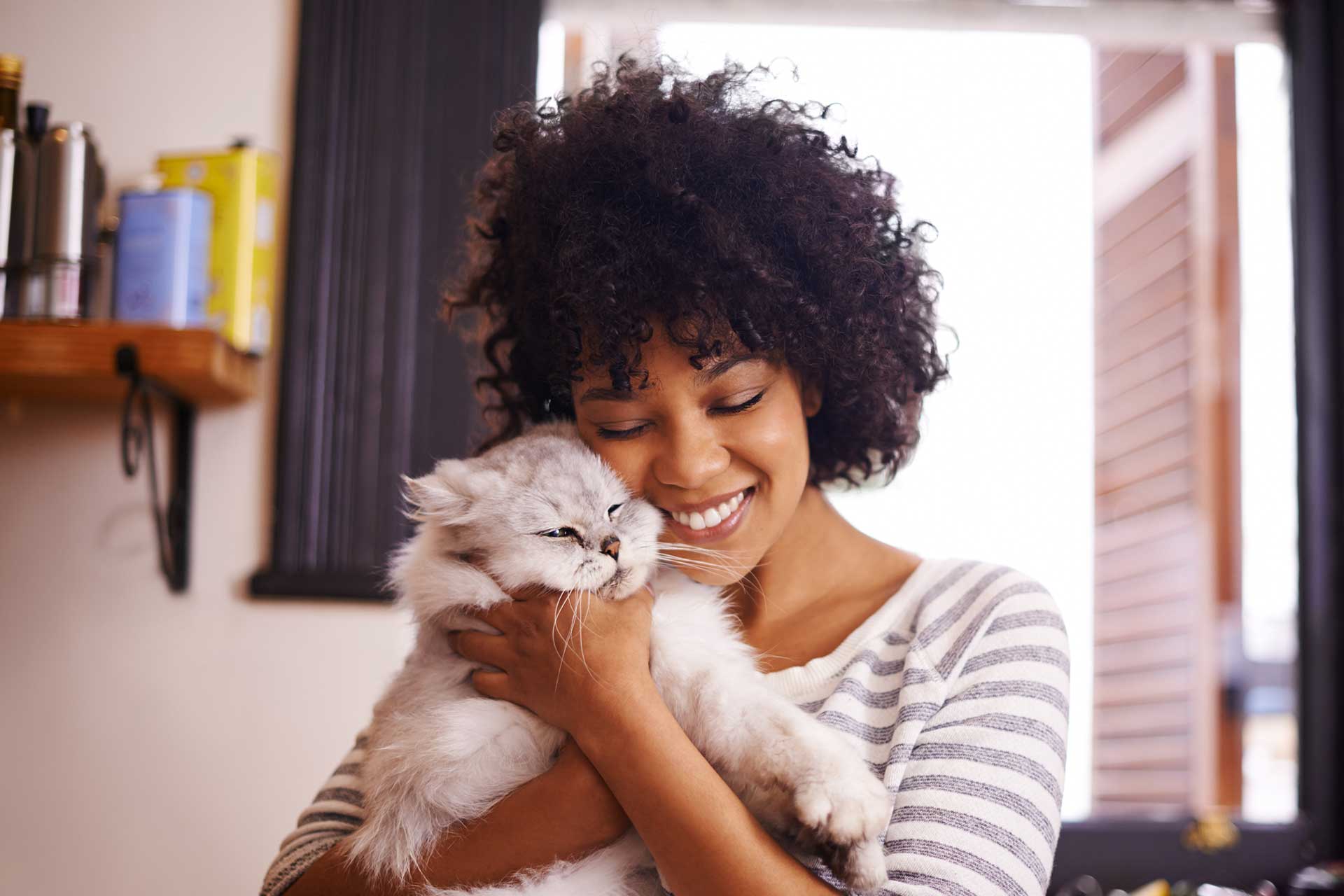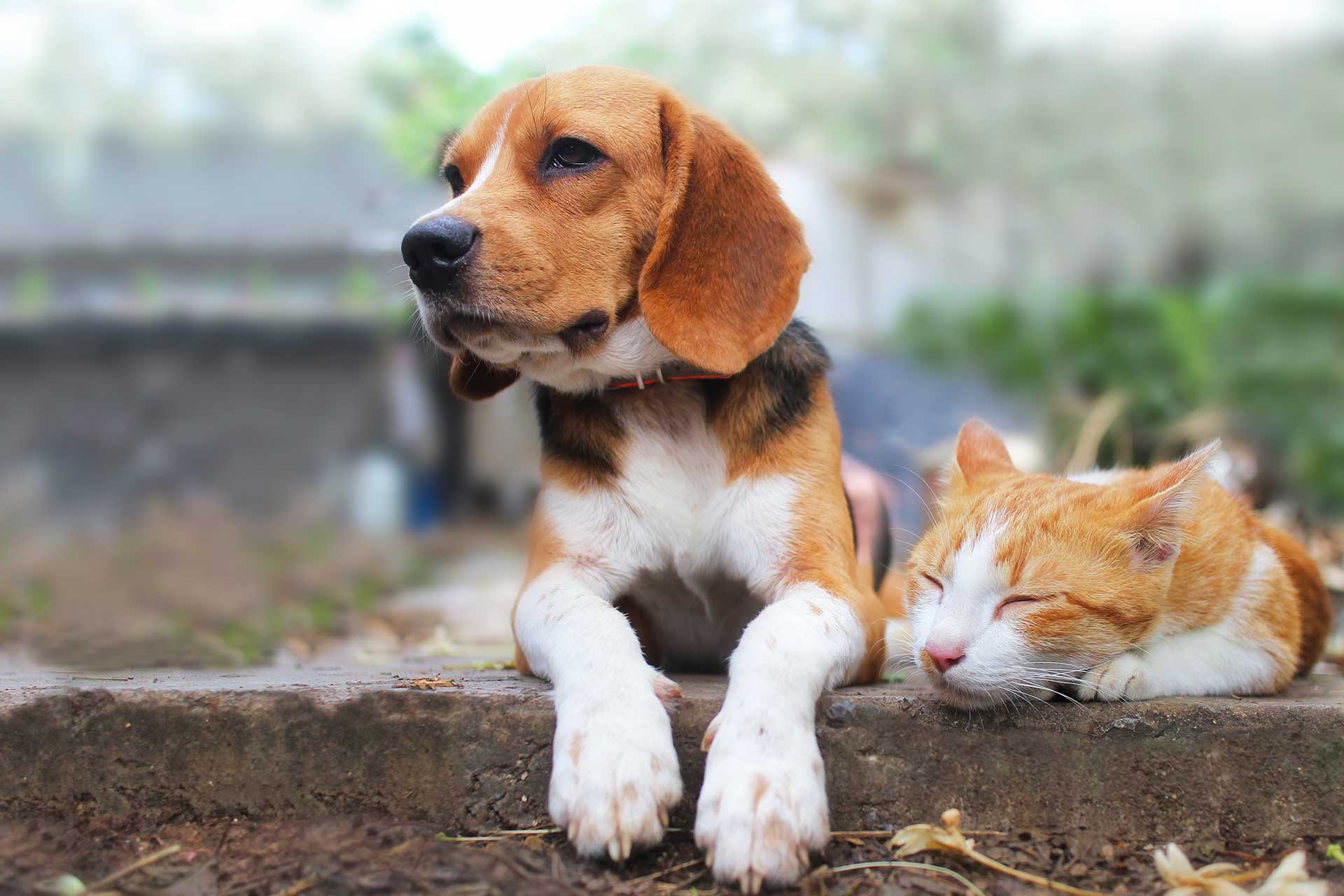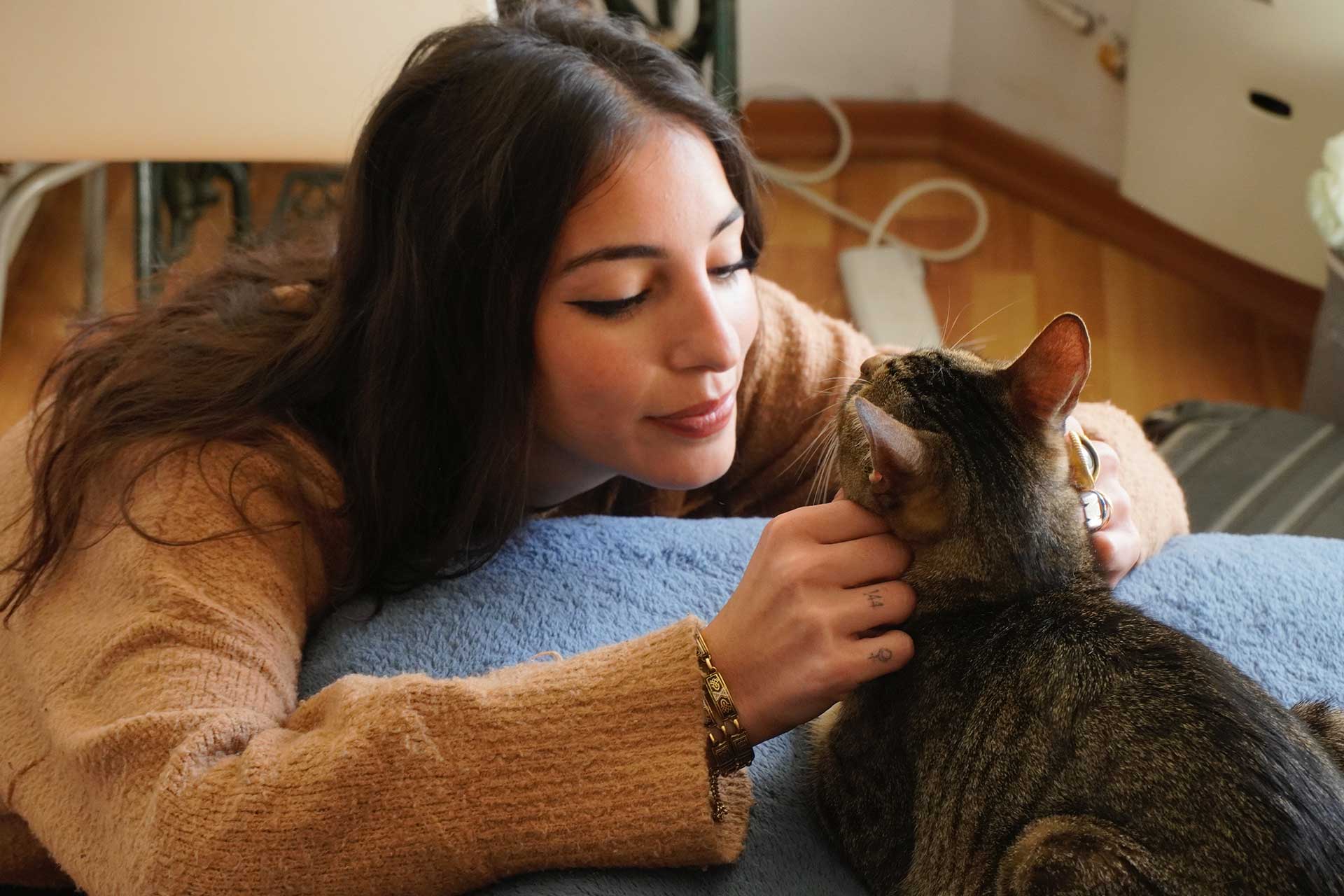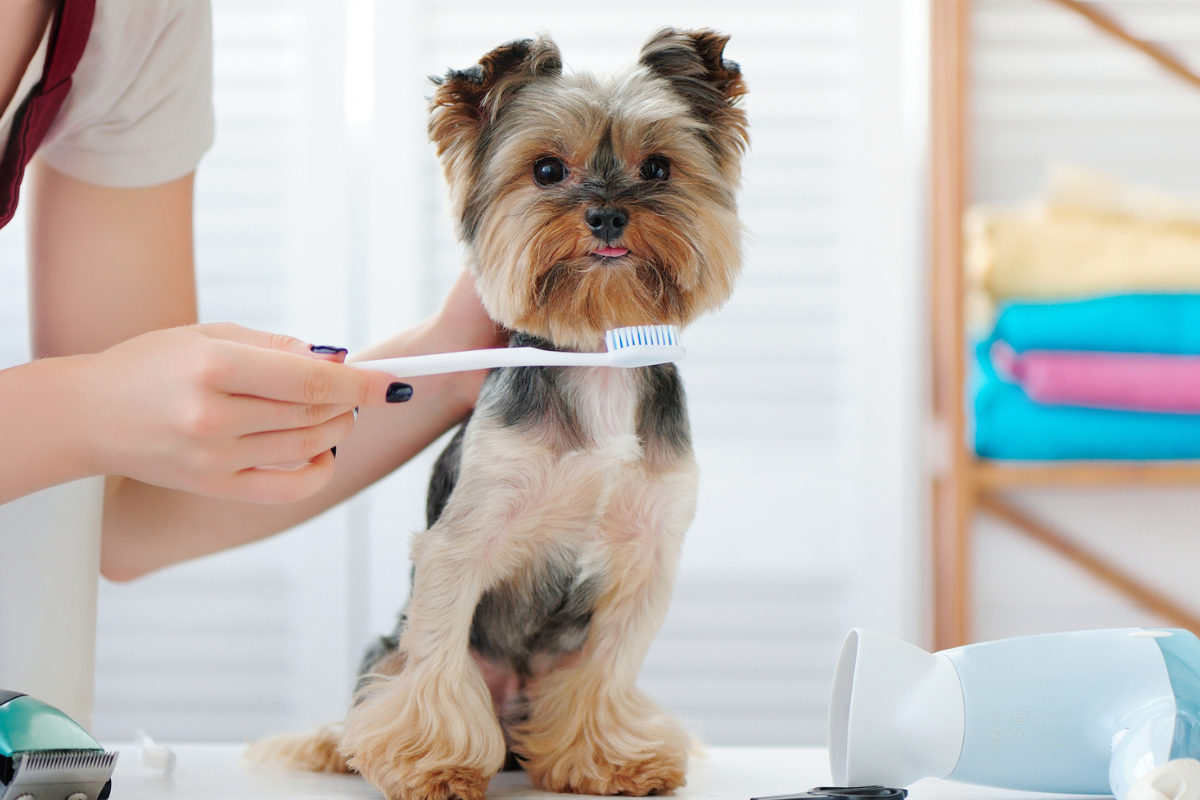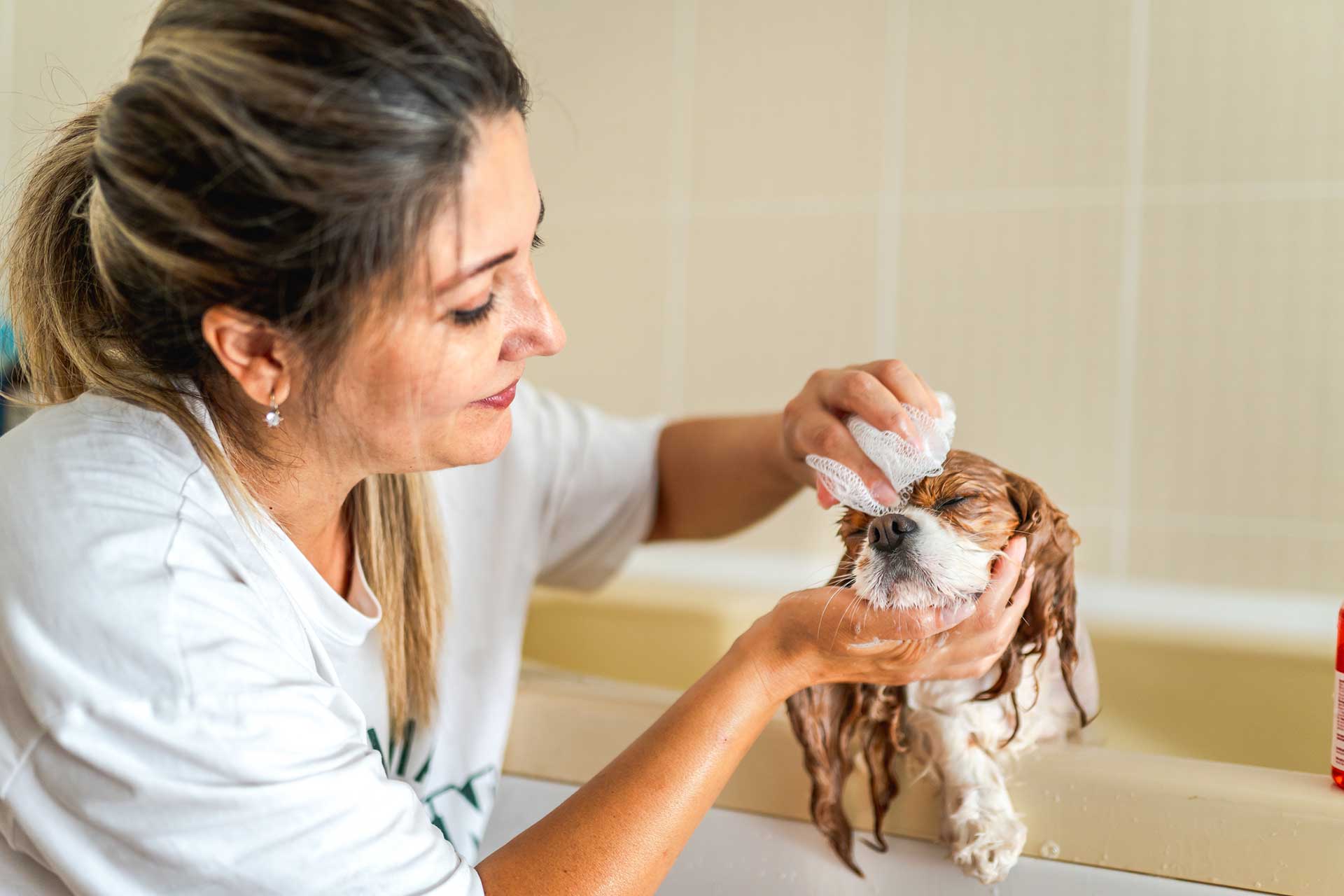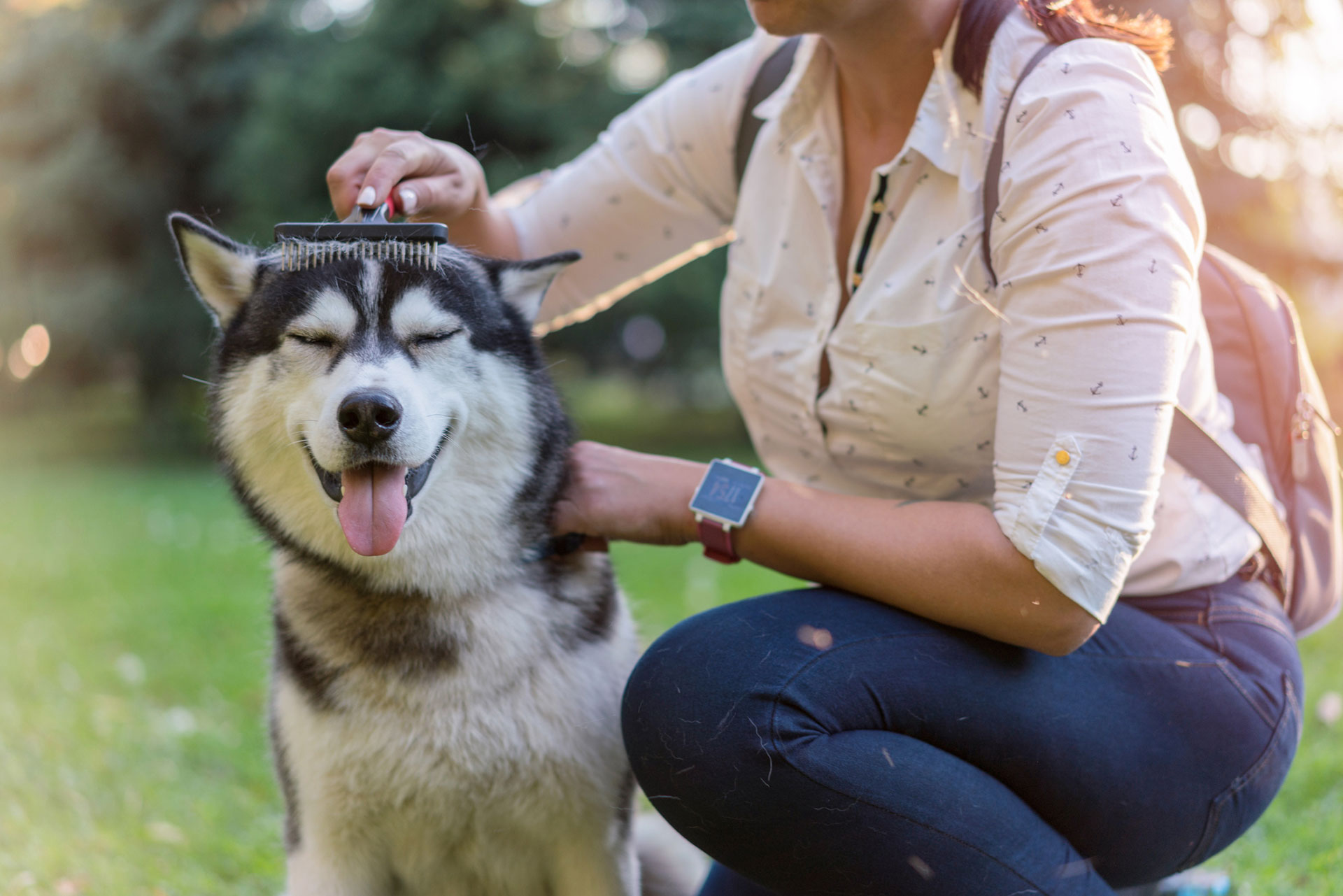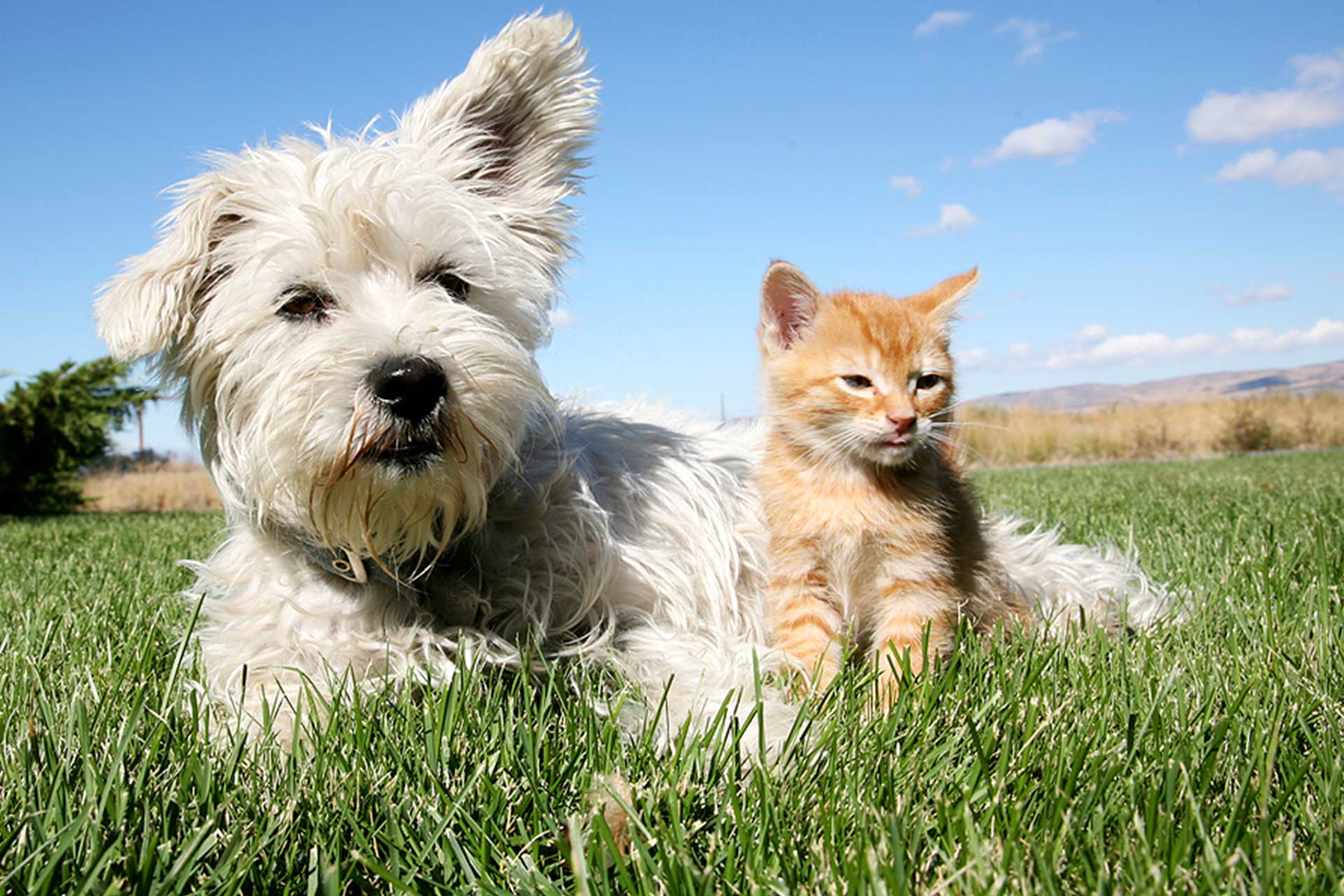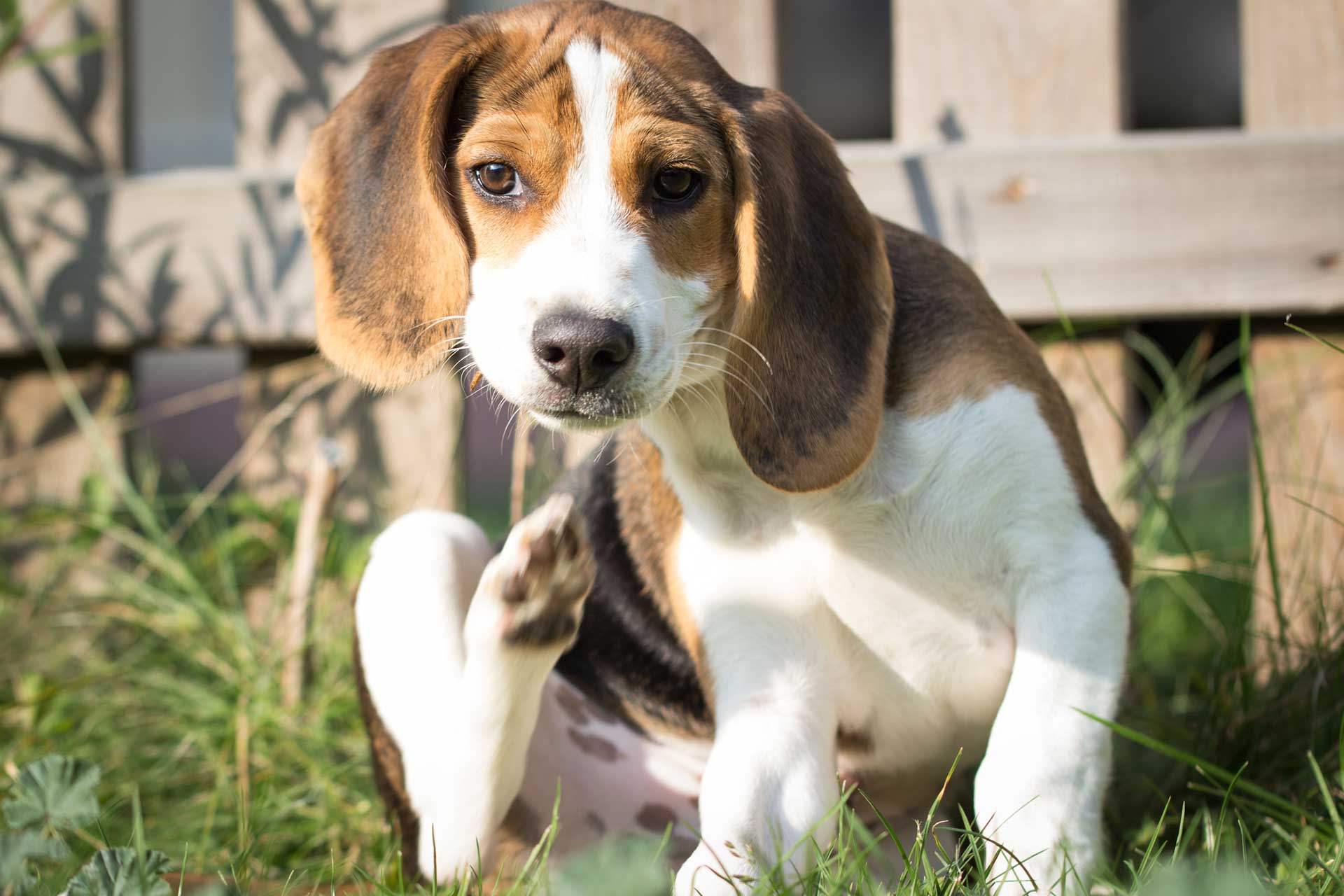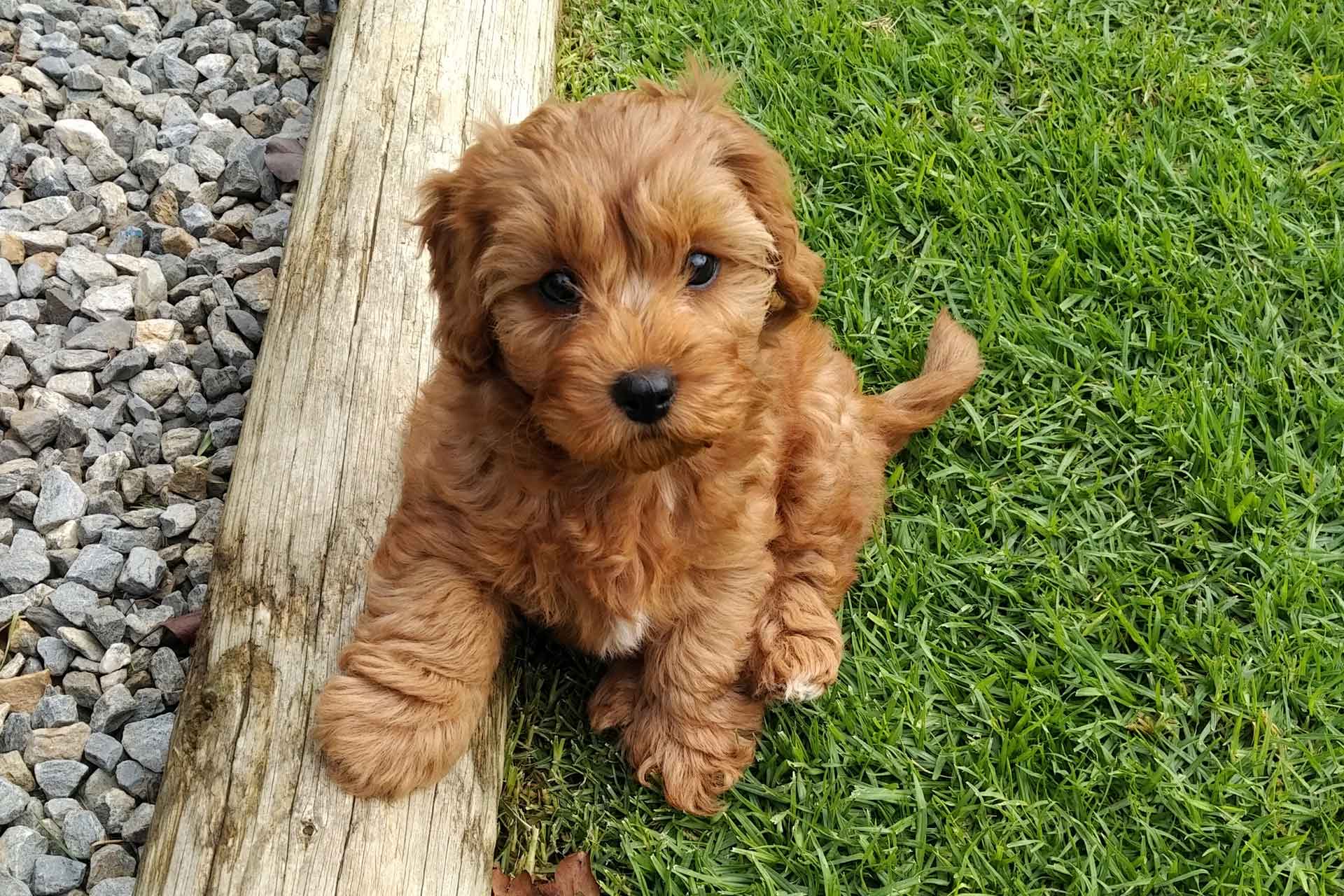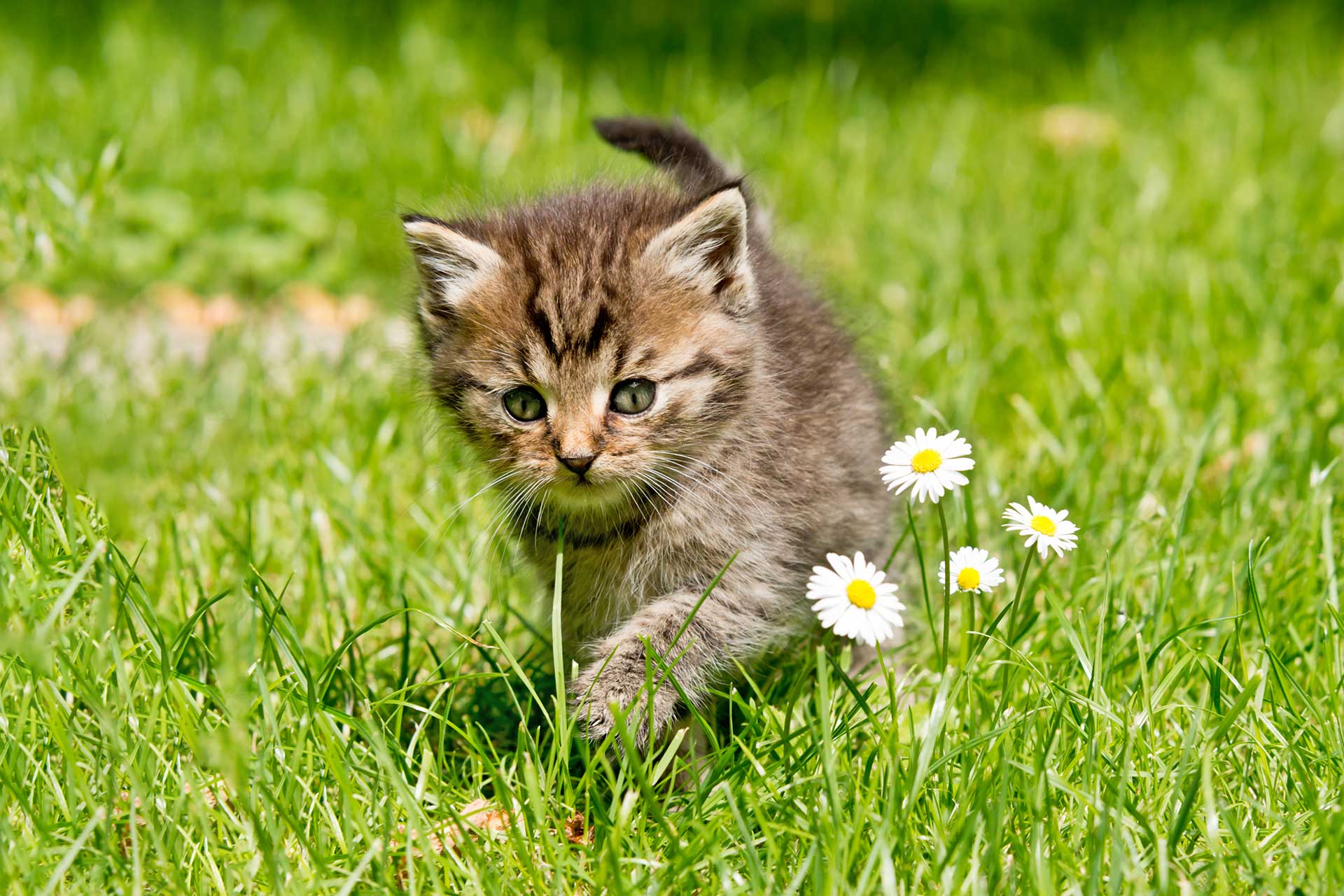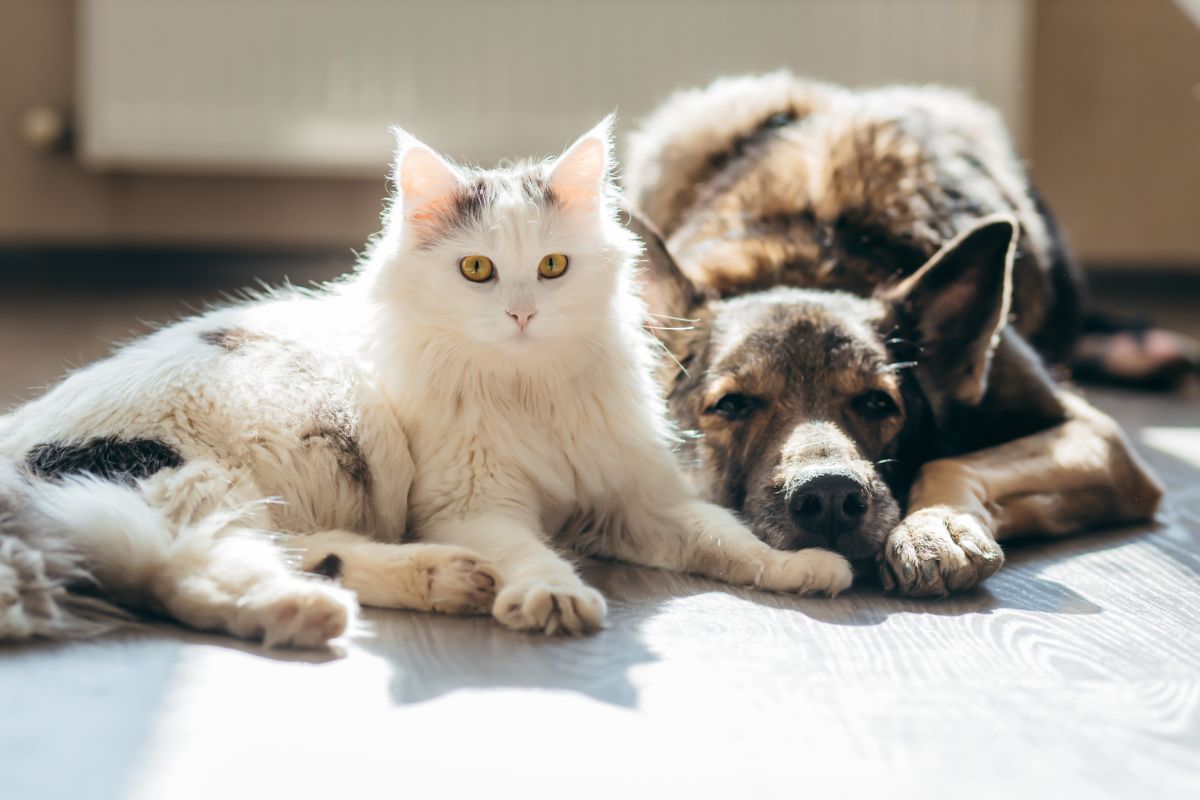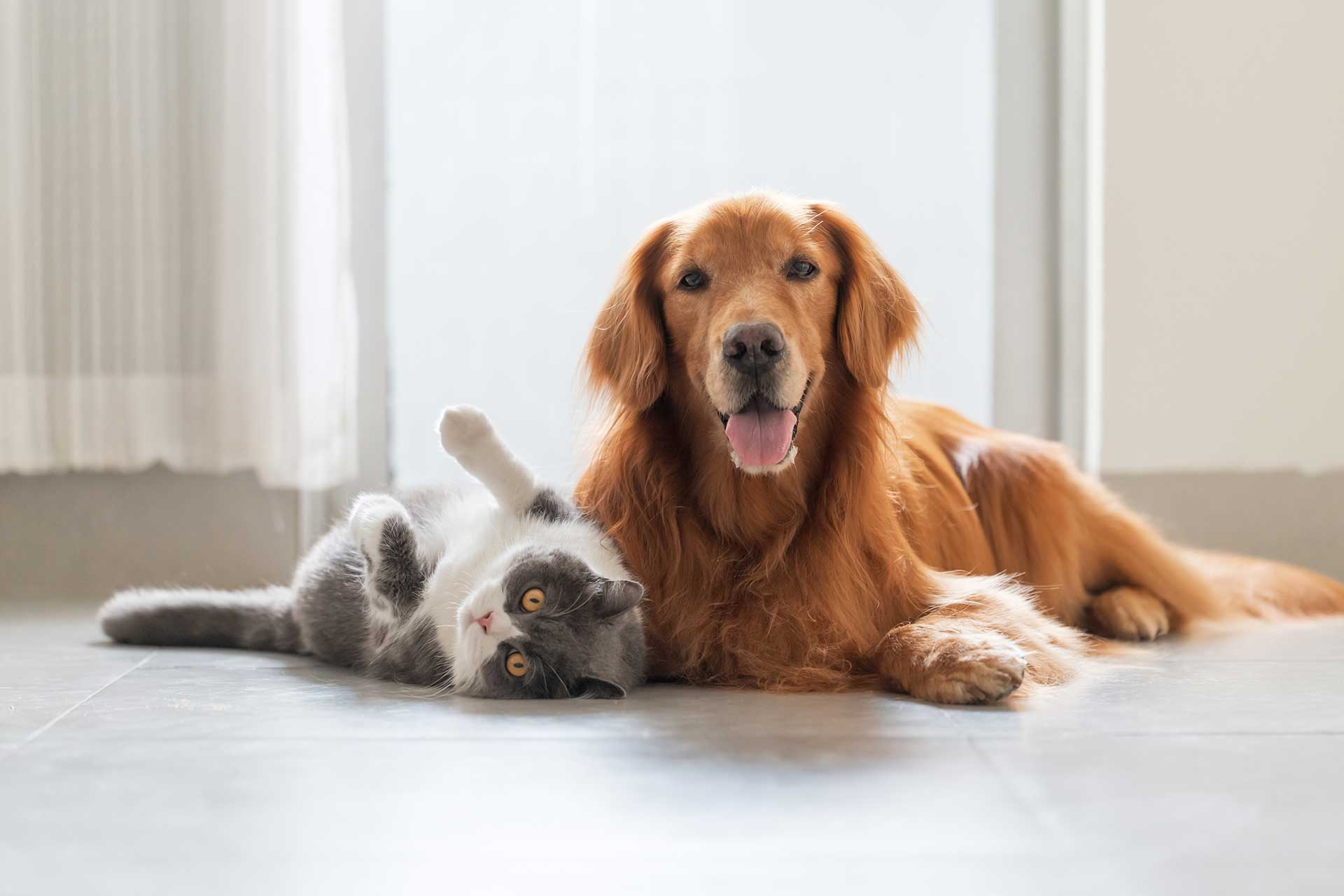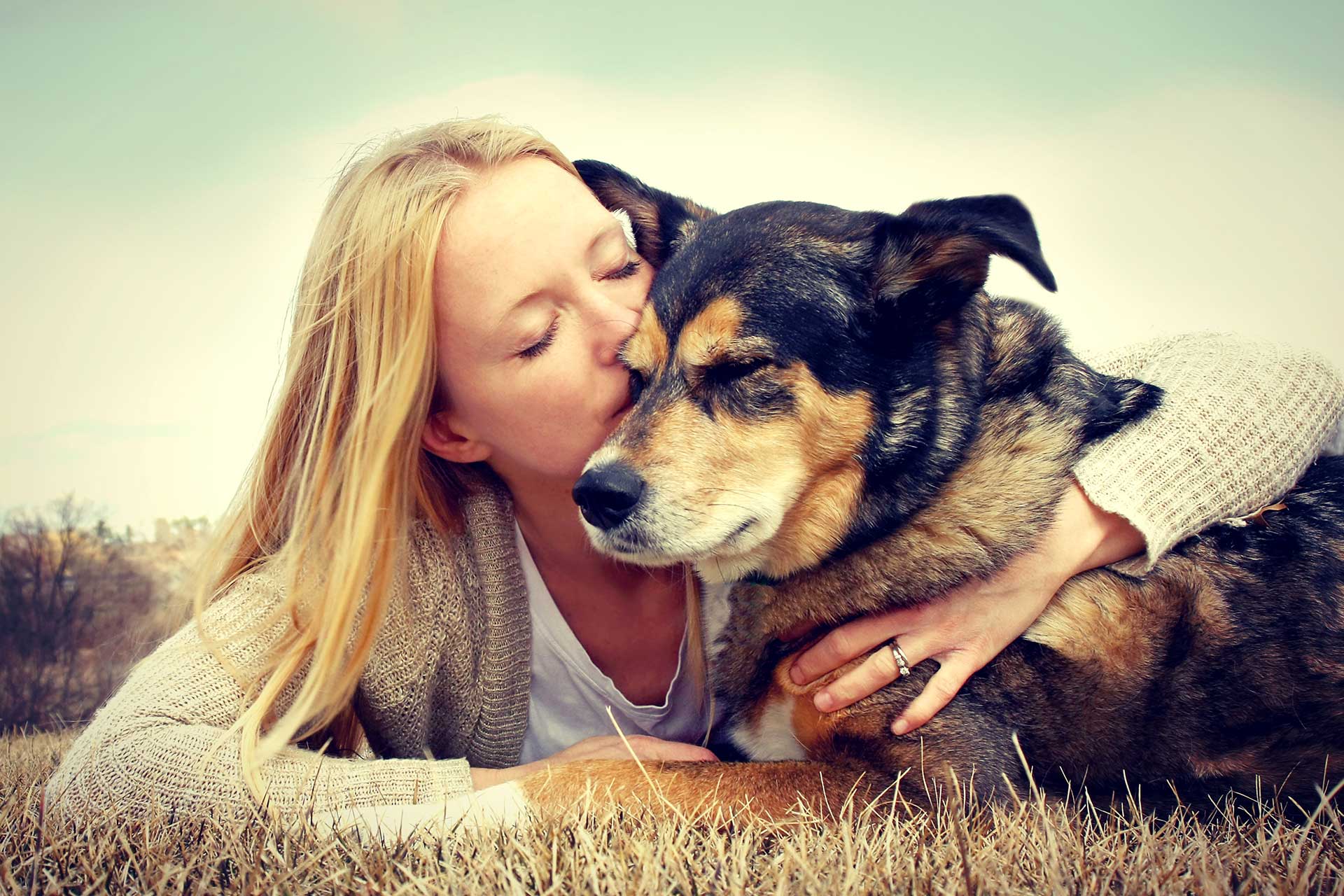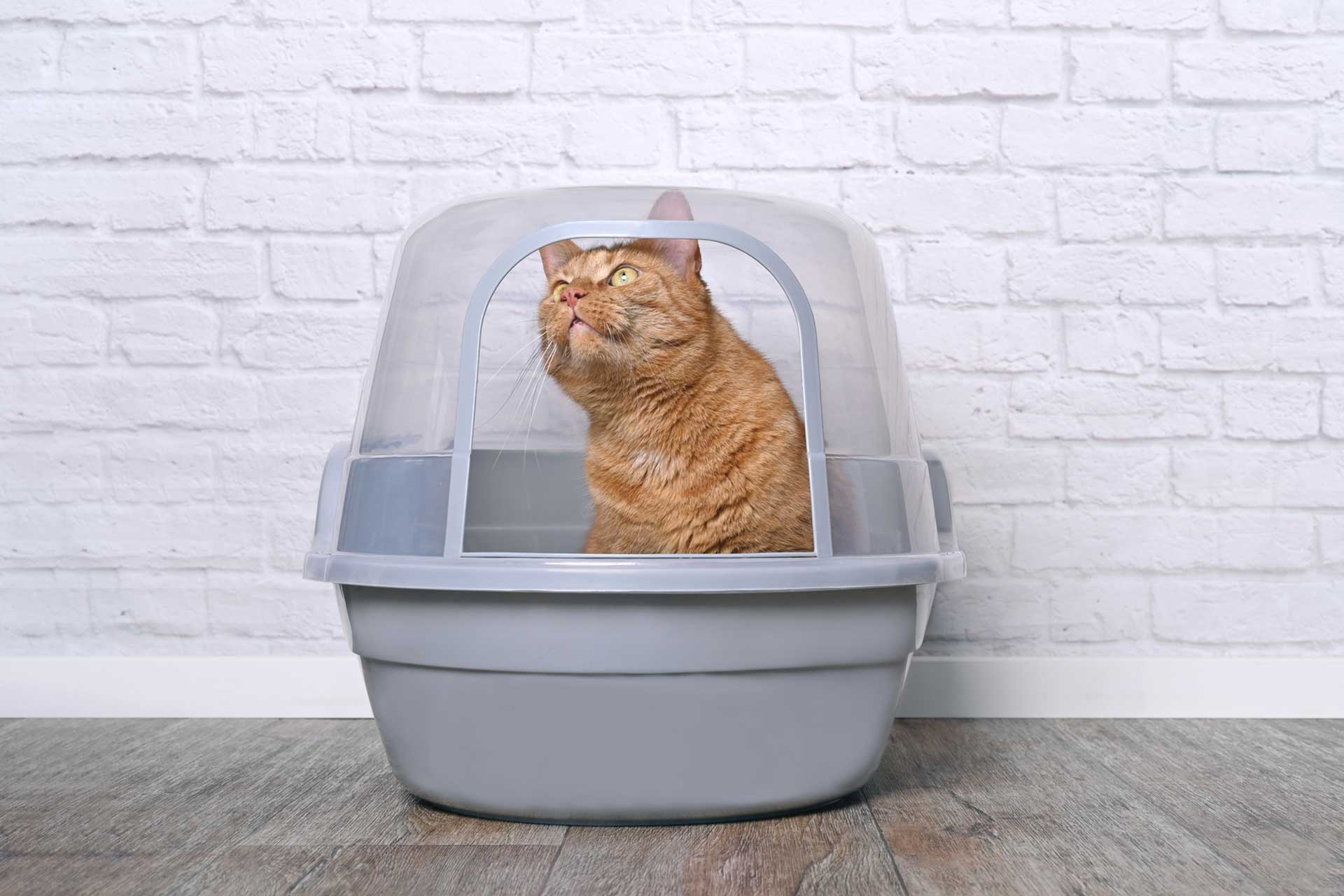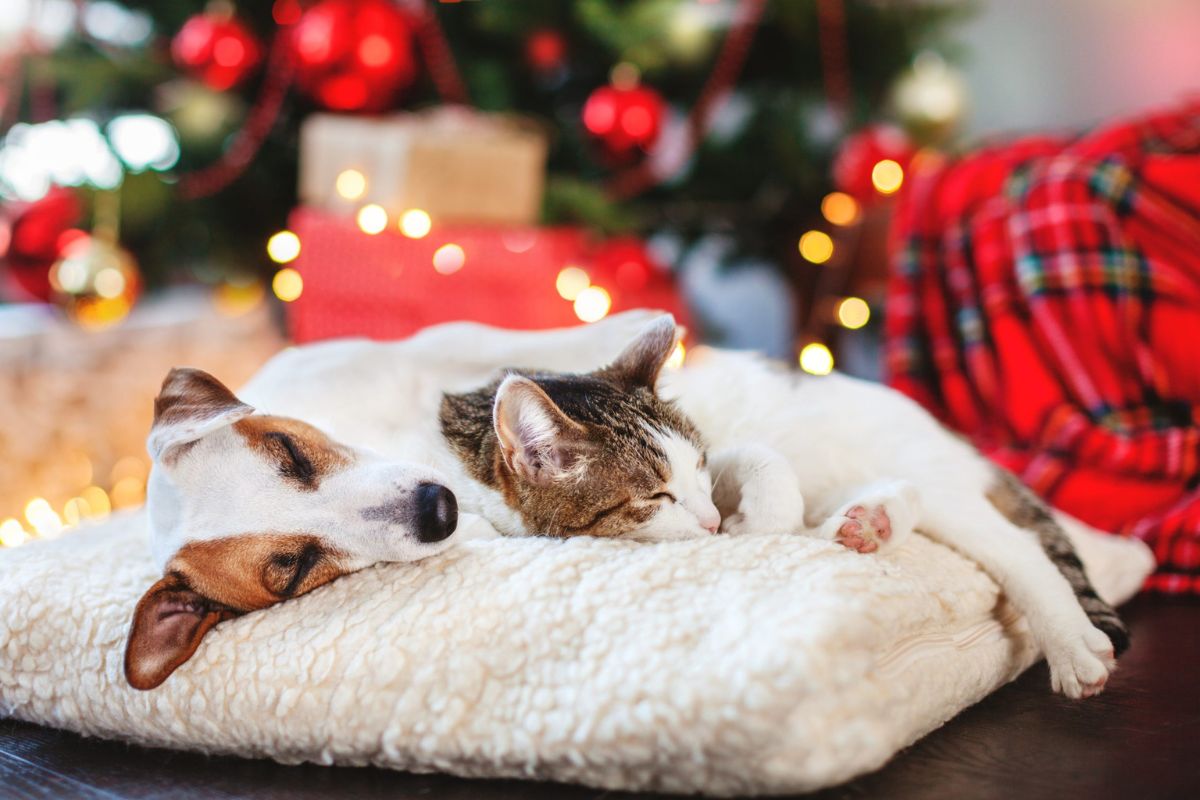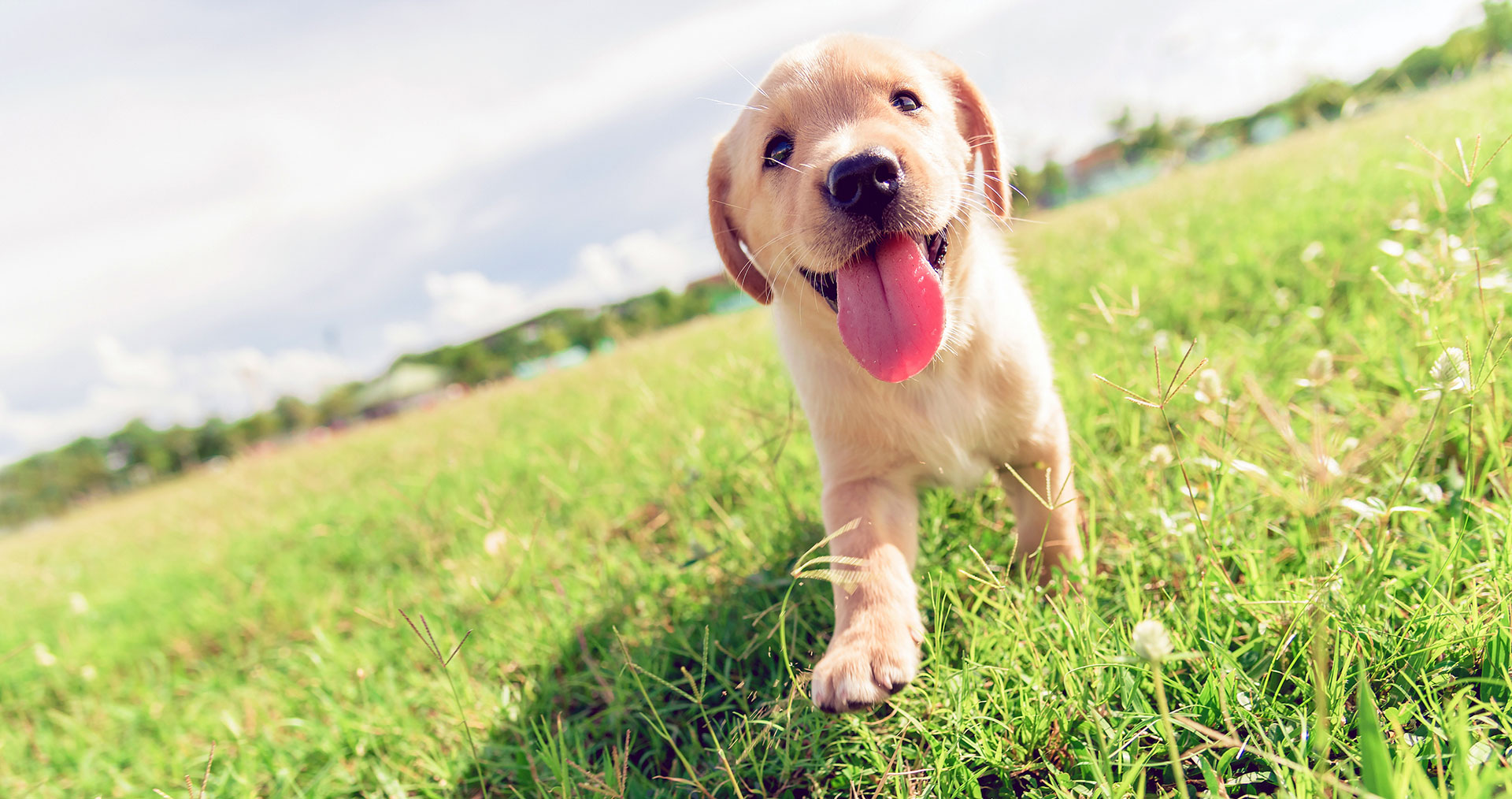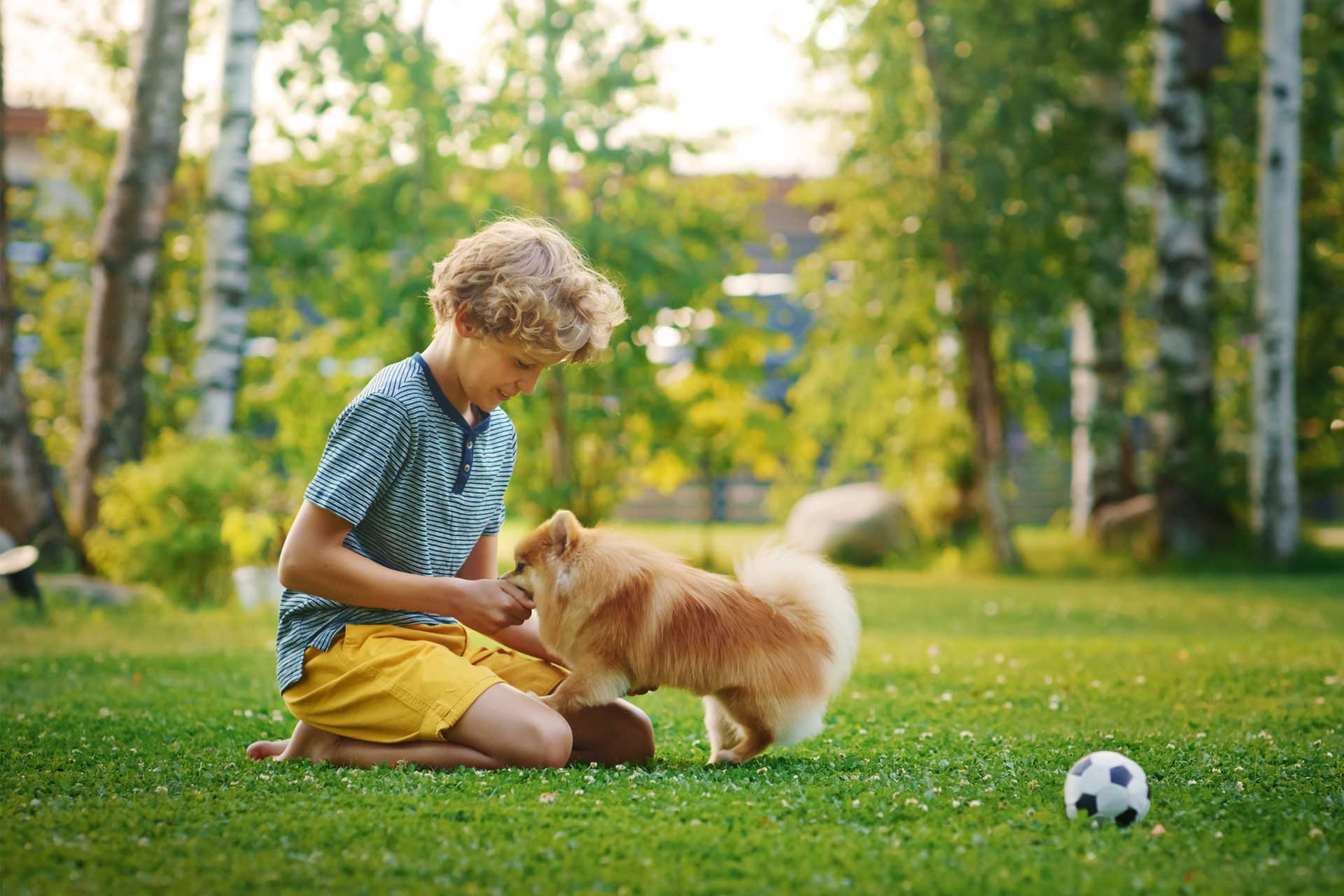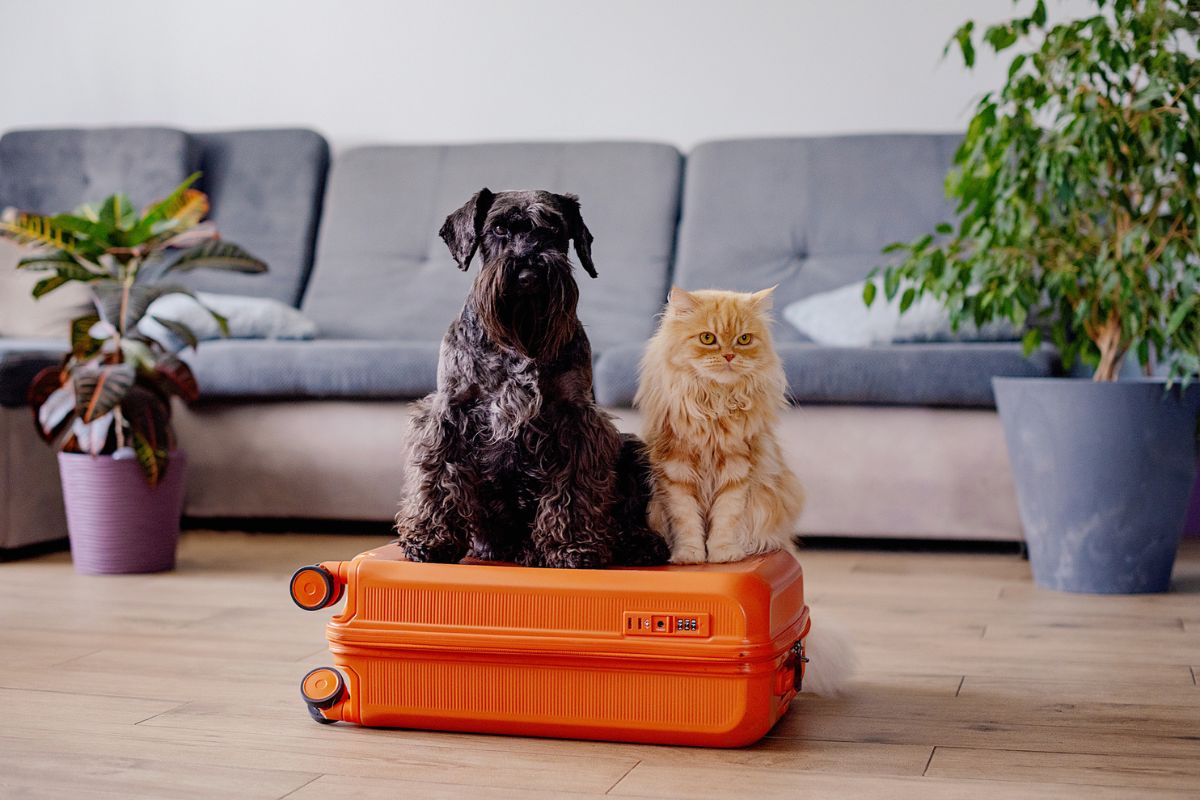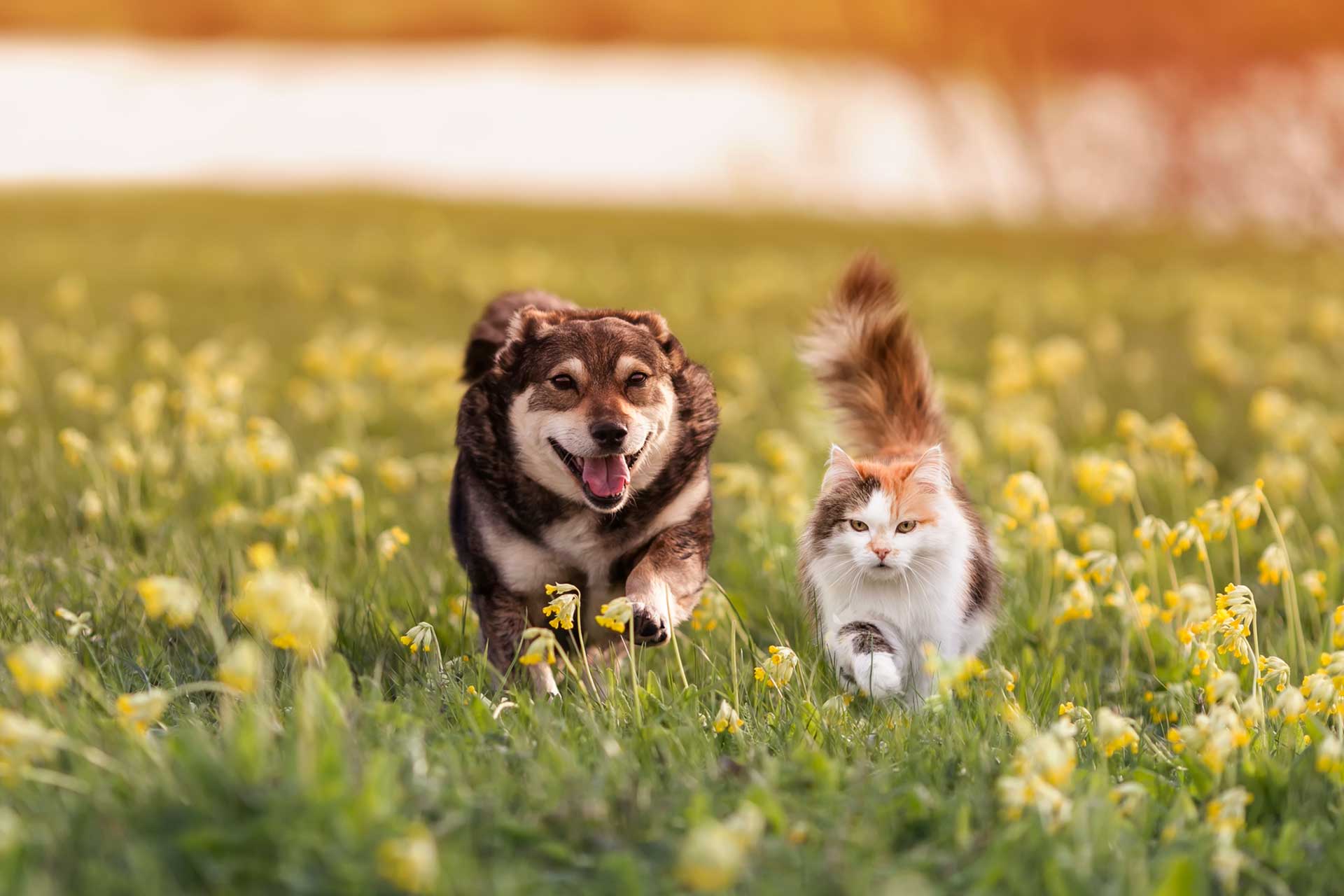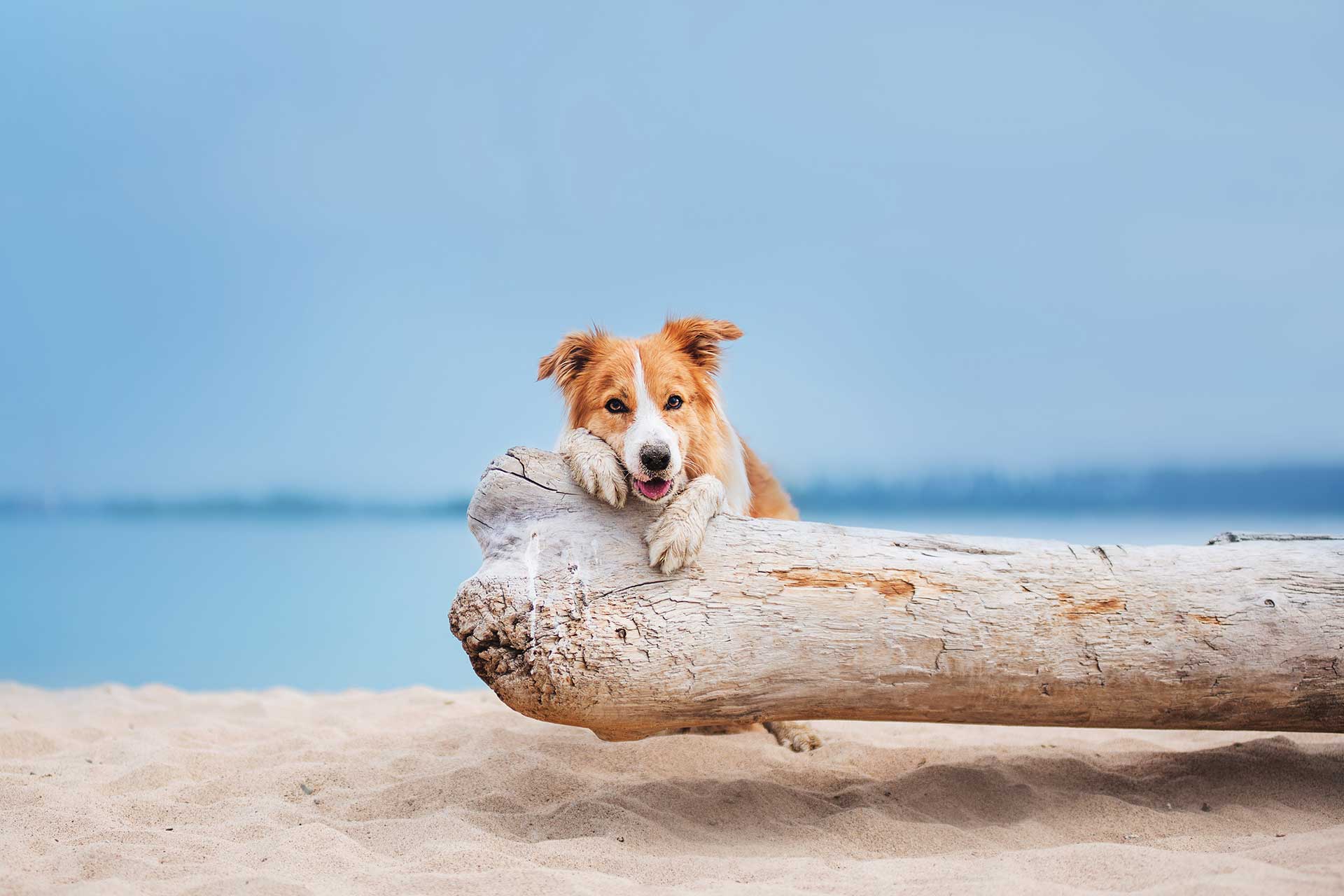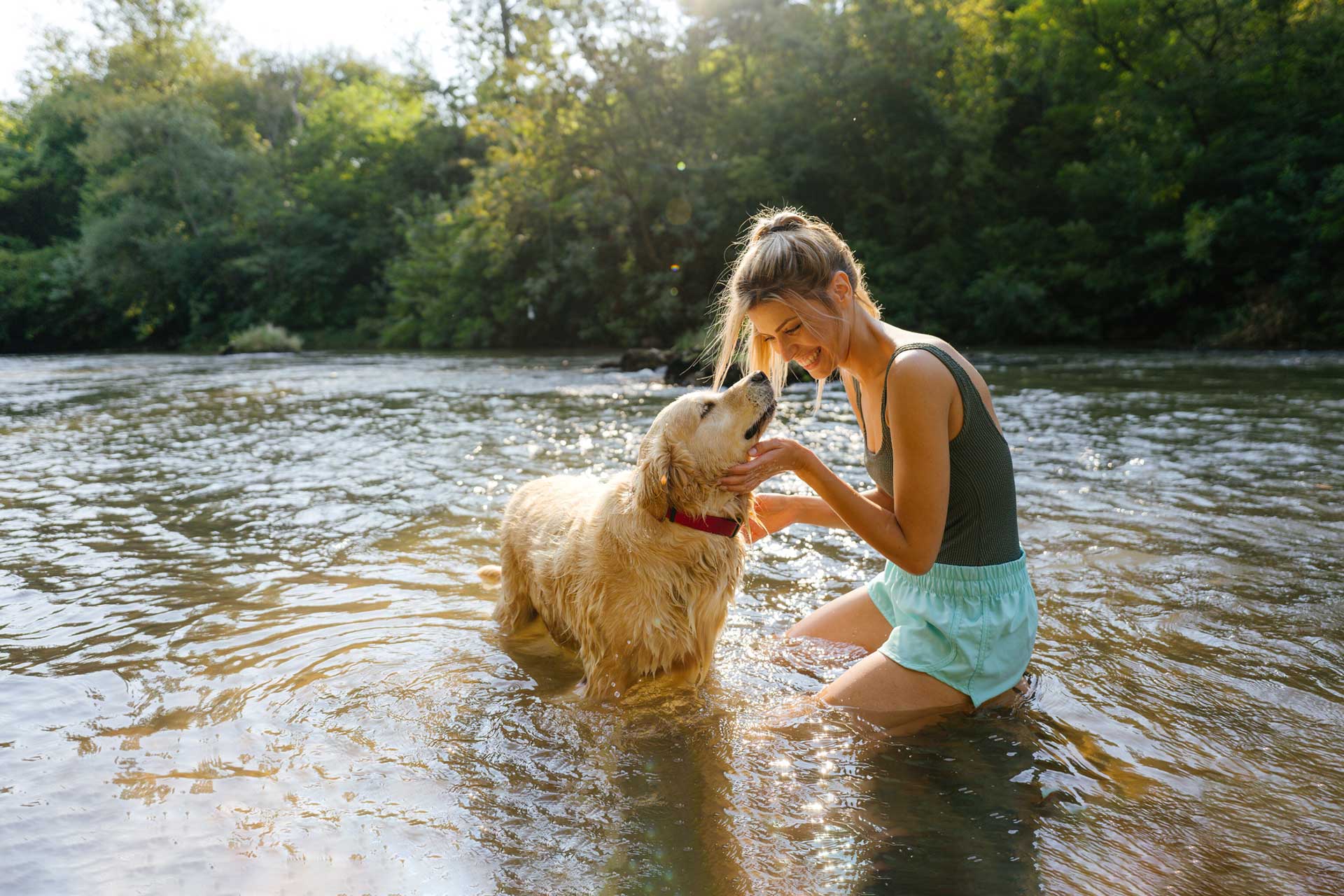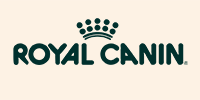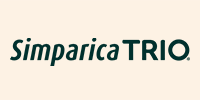Our pets often surprise us with their curiosity and occasional unpredictability. While we all hope to avoid emergencies, being...
While many pet owners are diligent about scheduling annual vet visits, the importance of semi-annual health checks must be...
Is your pet carrying some extra weight? In a world full of treats and cozy beds, it’s common for...
Are you curious about the burning questions pet owners have? Look no further! In this article, we answer the...
Though mischievous puppy behaviour can be entertaining, it may lead to lasting behavioural issues without early socialisation and training....
When things get a bit hairy, pet insurance can help Much like human family members, our pets can unexpectedly...
Play is more than just fun for kittens; it's a fundamental part of their development. Beyond the sheer joy...
Bringing home a new puppy or kitten is an exciting time, and ensuring they get the best start in...
Ensuring your new furry family member grows up happy and healthy starts with proper nutrition. During the first twelve...
Our pets often surprise us with their curiosity and occasional unpredictability. While we all hope to avoid emergencies, being...
While many pet owners are diligent about scheduling annual vet visits, the importance of semi-annual health checks must be...
Is your pet carrying some extra weight? In a world full of treats and cozy beds, it’s common for...
Are you curious about the burning questions pet owners have? Look no further! In this article, we answer the...
Though mischievous puppy behaviour can be entertaining, it may lead to lasting behavioural issues without early socialisation and training....
When things get a bit hairy, pet insurance can help Much like human family members, our pets can unexpectedly...
Bringing home a new puppy or kitten is an exciting time, and ensuring they get the best start in...
Ensuring your new furry family member grows up happy and healthy starts with proper nutrition. During the first twelve...
Socialisation is an essential part of a young puppy's life. During their first few months, they will learn to...
Our pets often surprise us with their curiosity and occasional unpredictability. While we all hope to avoid emergencies, being...
While many pet owners are diligent about scheduling annual vet visits, the importance of semi-annual health checks must be...
Is your pet carrying some extra weight? In a world full of treats and cozy beds, it’s common for...
Are you curious about the burning questions pet owners have? Look no further! In this article, we answer the...
When things get a bit hairy, pet insurance can help Much like human family members, our pets can unexpectedly...
Play is more than just fun for kittens; it's a fundamental part of their development. Beyond the sheer joy...
Bringing home a new puppy or kitten is an exciting time, and ensuring they get the best start in...
Ensuring your new furry family member grows up happy and healthy starts with proper nutrition. During the first twelve...
Desexing is a common surgical procedure performed under a general anaesthetic by veterinarians. In female cats and dogs, the...
Ensuring your new furry family member grows up happy and healthy starts with proper nutrition. During the first twelve...
Chocolate is a big no-no for our pets. While we enjoy its rich, sweet taste, it contains ingredients our...
If you’re a mushroom lover, you might wonder if mushrooms are safe to feed your pet. Unfortunately, there’s no clear-cut...
Maintaining good dental health is just as essential for dogs as it is for humans. Regular dental care plays...
Taking care of your cat's teeth is crucial for their overall health. While cats are often seen as independent...
Bad breath in our pets can be more than just an unpleasant smell. It can indicate underlying health issues...
Brushing your cat’s teeth is an important part of their dental routine. Like us, they can develop dental problems...
Like humans, dogs can develop dental problems, which, if left untreated, can lead to discomfort, bad breath, tooth loss, and...
While many pet owners are diligent about scheduling annual vet visits, the importance of semi-annual health checks must be...
Is your pet carrying some extra weight? In a world full of treats and cozy beds, it’s common for...
Are you curious about the burning questions pet owners have? Look no further! In this article, we answer the...
When things get a bit hairy, pet insurance can help Much like human family members, our pets can unexpectedly...
Bringing home a new puppy or kitten is an exciting time, and ensuring they get the best start in...
Desexing is a common surgical procedure performed under a general anaesthetic by veterinarians. In female cats and dogs, the...
Have you noticed your furry friend slowing down with age? Maybe they’re starting to have trouble climbing the stairs,...
Have you ever wondered how old your pet is in human years? You might have heard that one pet year equals seven human years, but it’s not that simple.
When is a pet classified as being senior or mature? Dogs and cats are considered mature adults once they...
Though mischievous puppy behaviour can be entertaining, it may lead to lasting behavioural issues without early socialisation and training....
Play is more than just fun for kittens; it's a fundamental part of their development. Beyond the sheer joy...
Socialisation is an essential part of a young puppy's life. During their first few months, they will learn to...
Welcoming a new kitten into your home is an exciting time, but it also comes with the important task of...
With the hustle and bustle of the holidays, it’s easy to forget that our pets can also get stressed...
Bringing a new puppy into your home is such an exciting experience, but it also comes with its fair...
With so much advice out there, navigating puppy training can be confusing for pet parents. You may wonder, “Should...
Our pets often surprise us with their curiosity and occasional unpredictability. While we all hope to avoid emergencies, being...
When things get a bit hairy, pet insurance can help Much like human family members, our pets can unexpectedly...
When you’re boarding your dog at a kennel or your cat at a cattery for the first time, it...
With the hustle and bustle of the holidays, it’s easy to forget that our pets can also get stressed...
The last thing anyone wants is a pet emergency during the festive summer season, the time we reserve for celebration,...
Much like humans, dogs can experience the discomfort of sunburn, which not only causes pain but also increases the...
As the temperature rises, it's important to keep our furry friends cool and comfortable in the summer heat. Like...
Chocolate is a big no-no for our pets. While we enjoy its rich, sweet taste, it contains ingredients our...
If you’re a mushroom lover, you might wonder if mushrooms are safe to feed your pet. Unfortunately, there’s no clear-cut...
